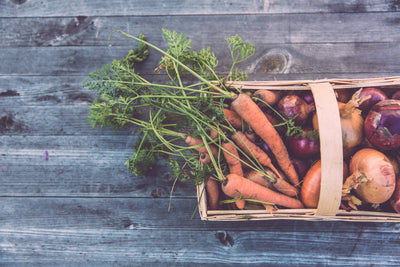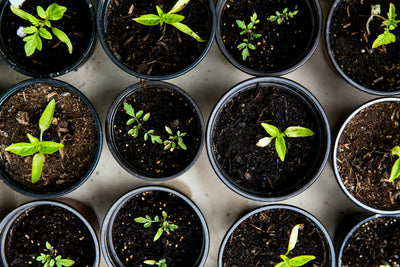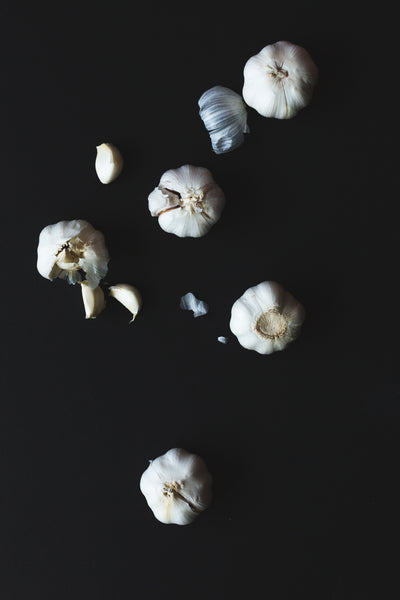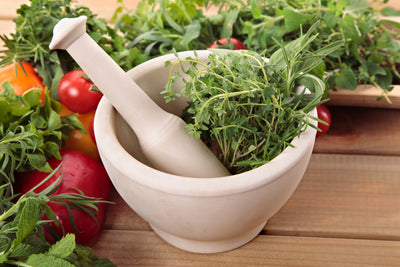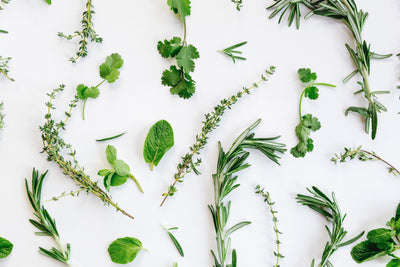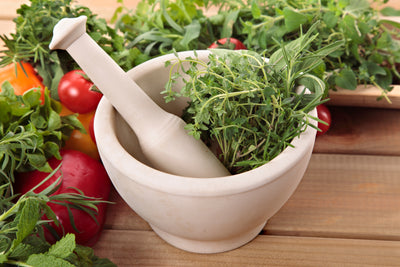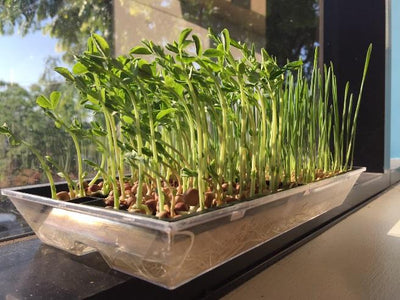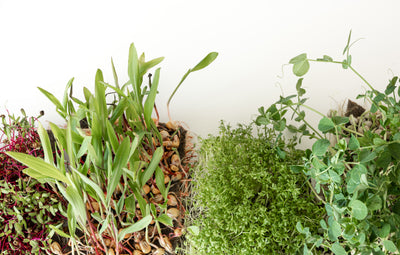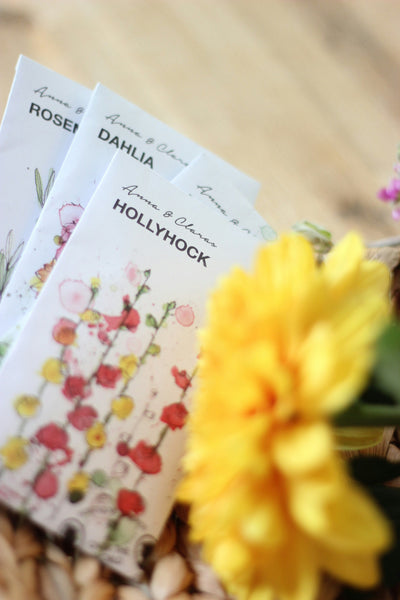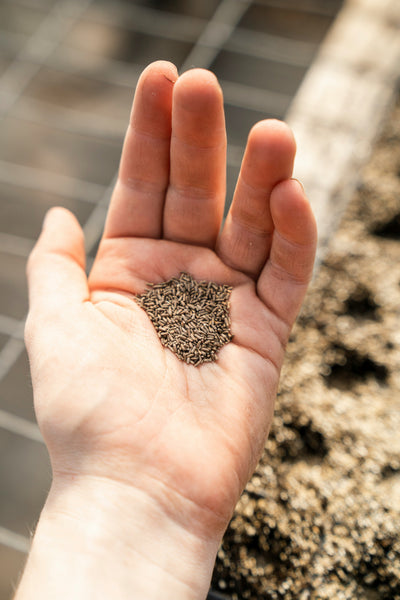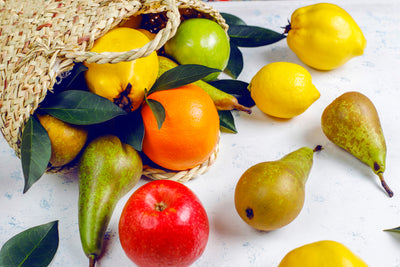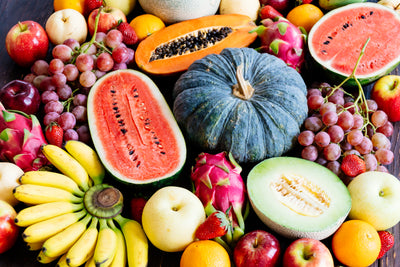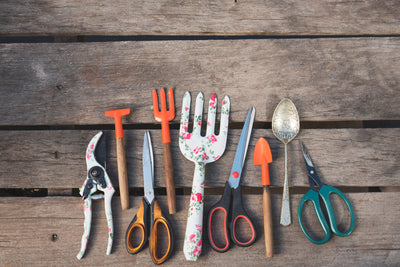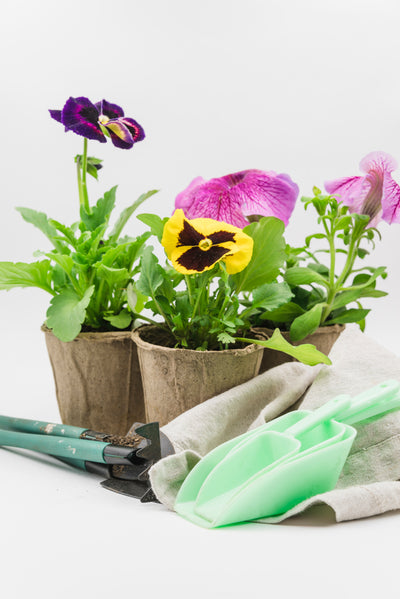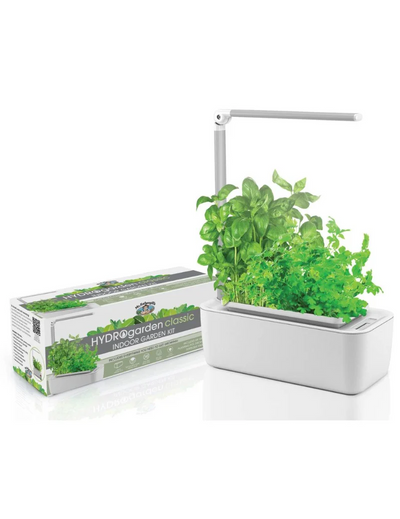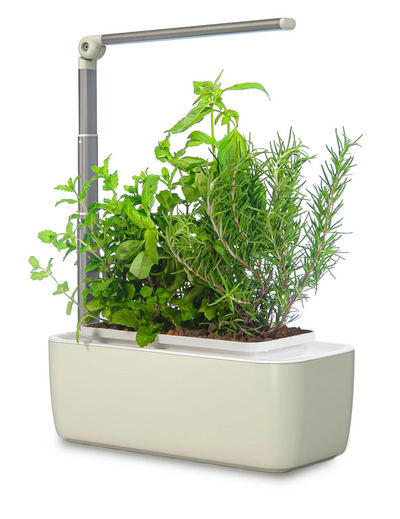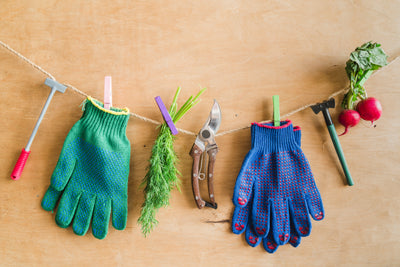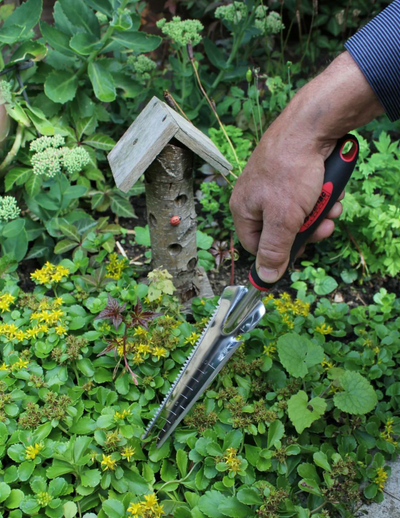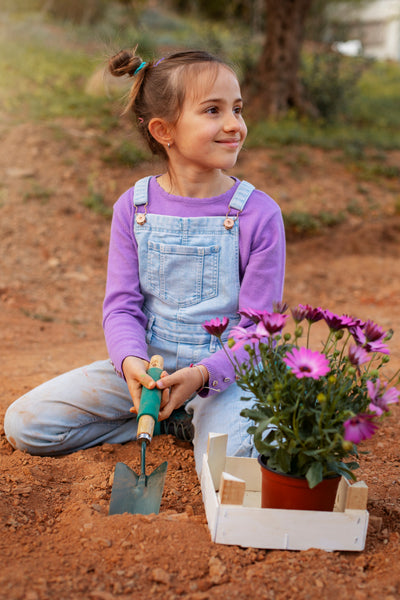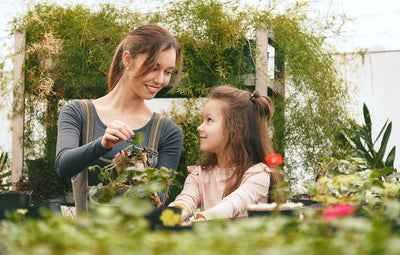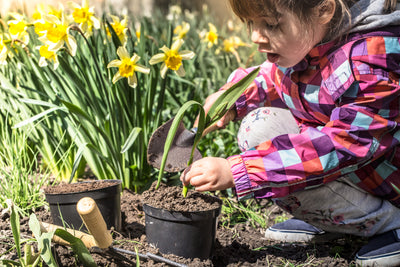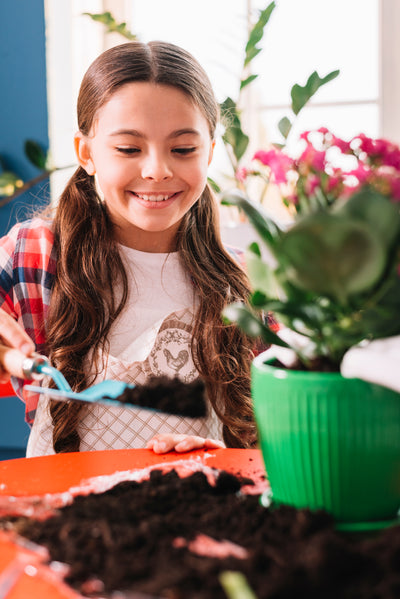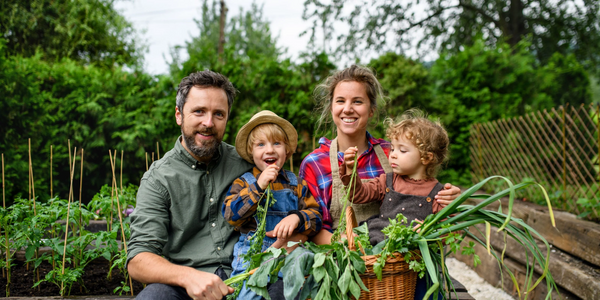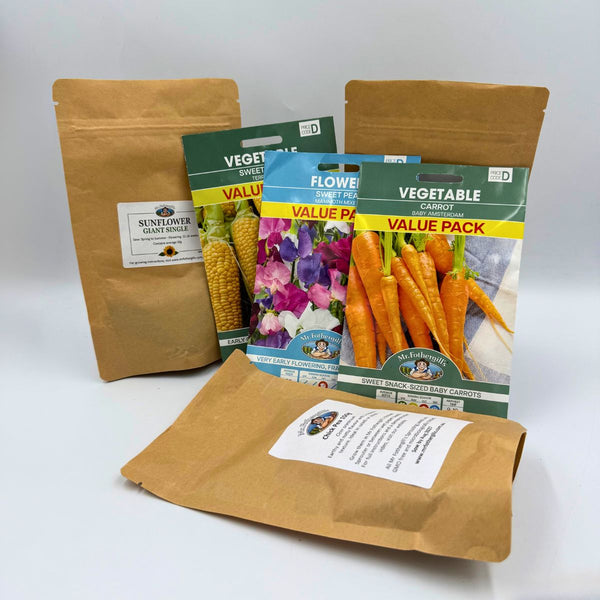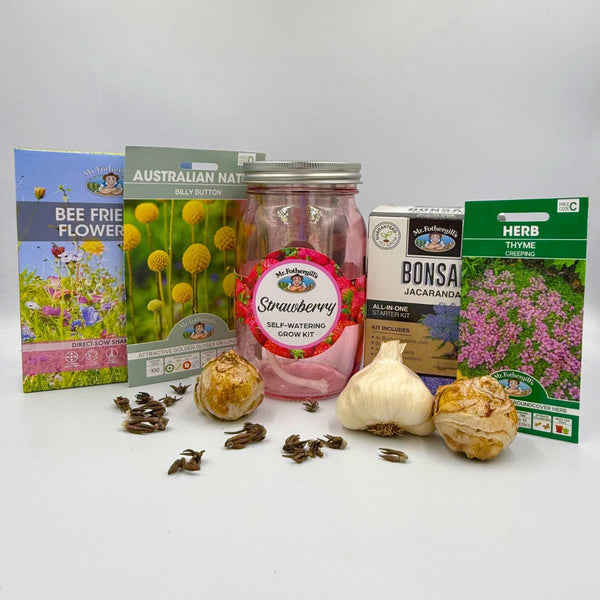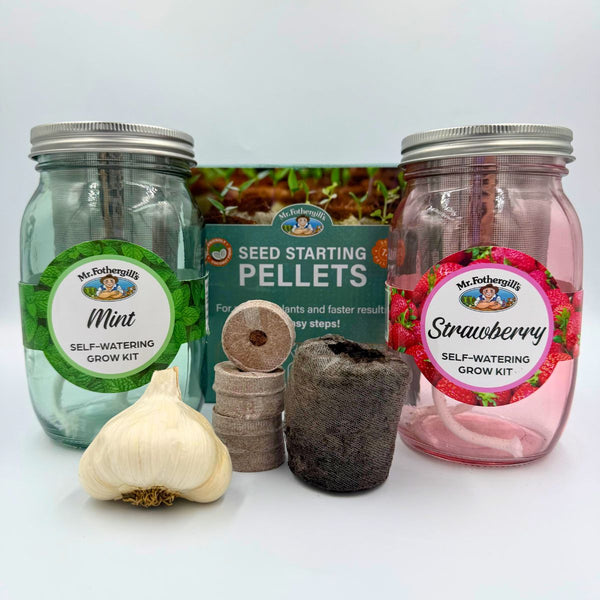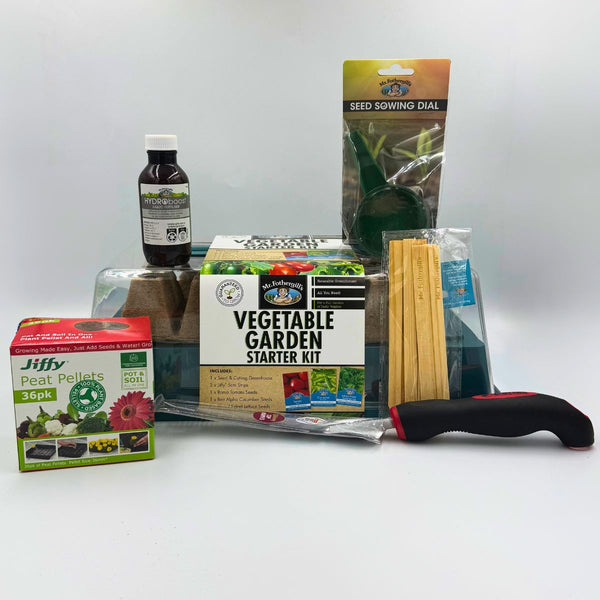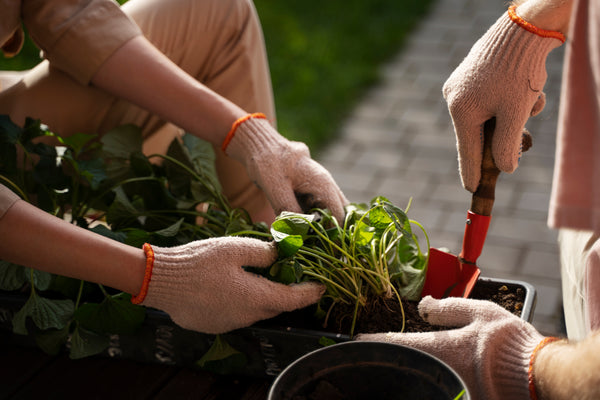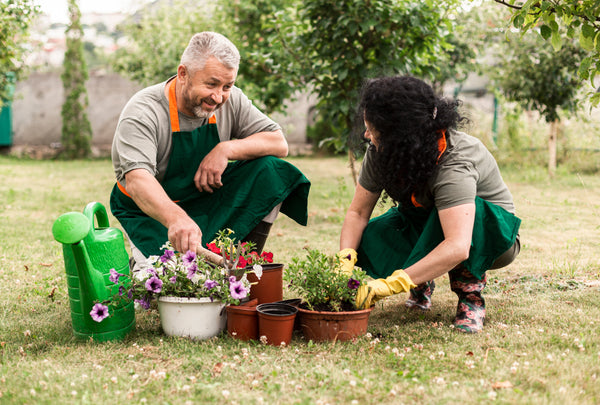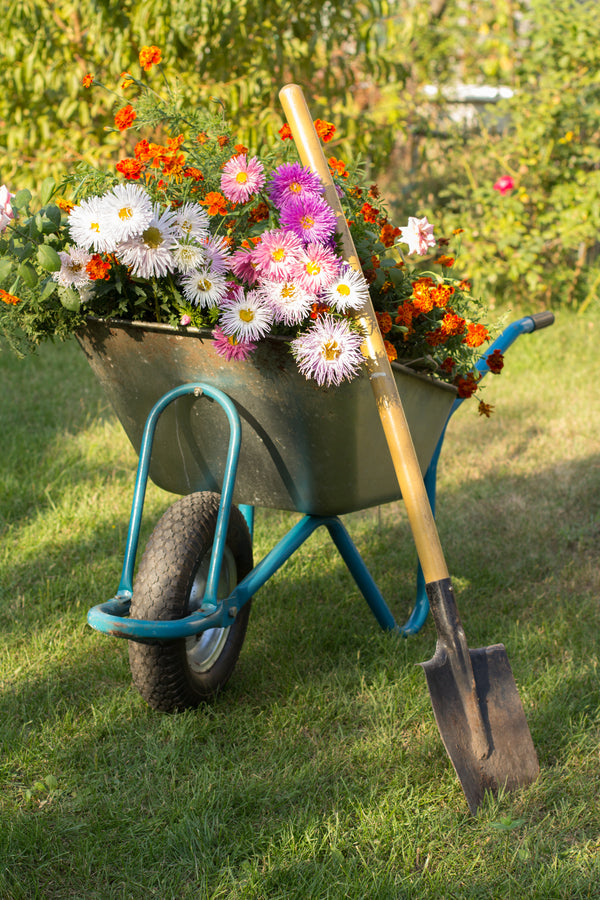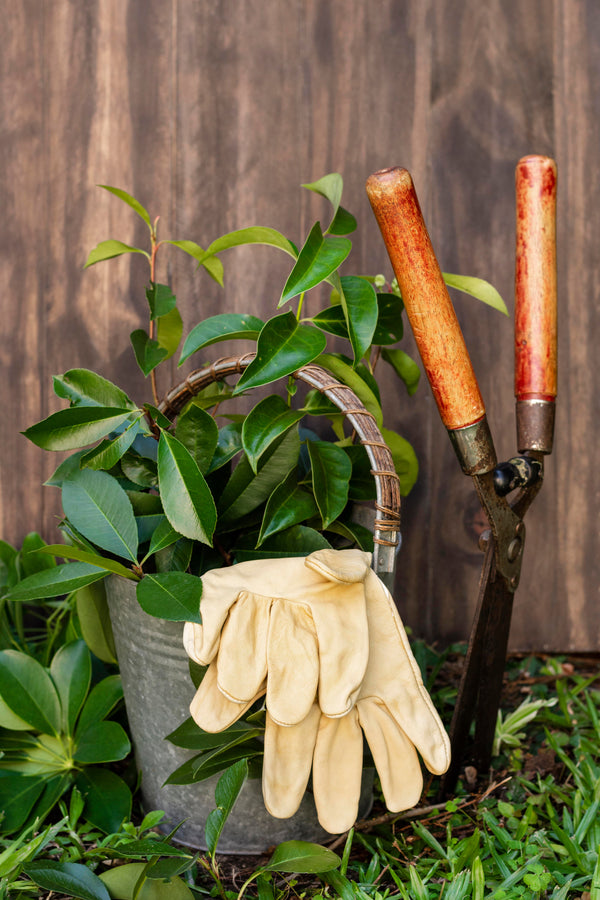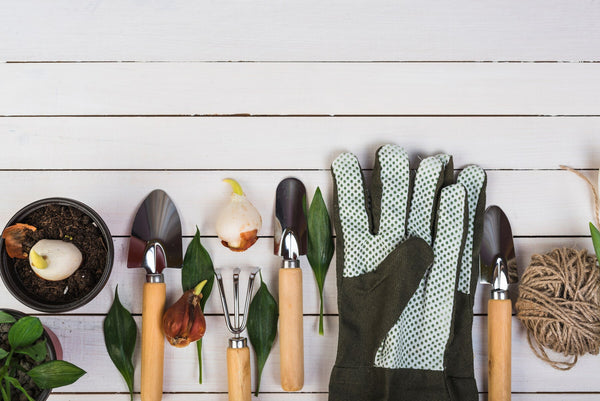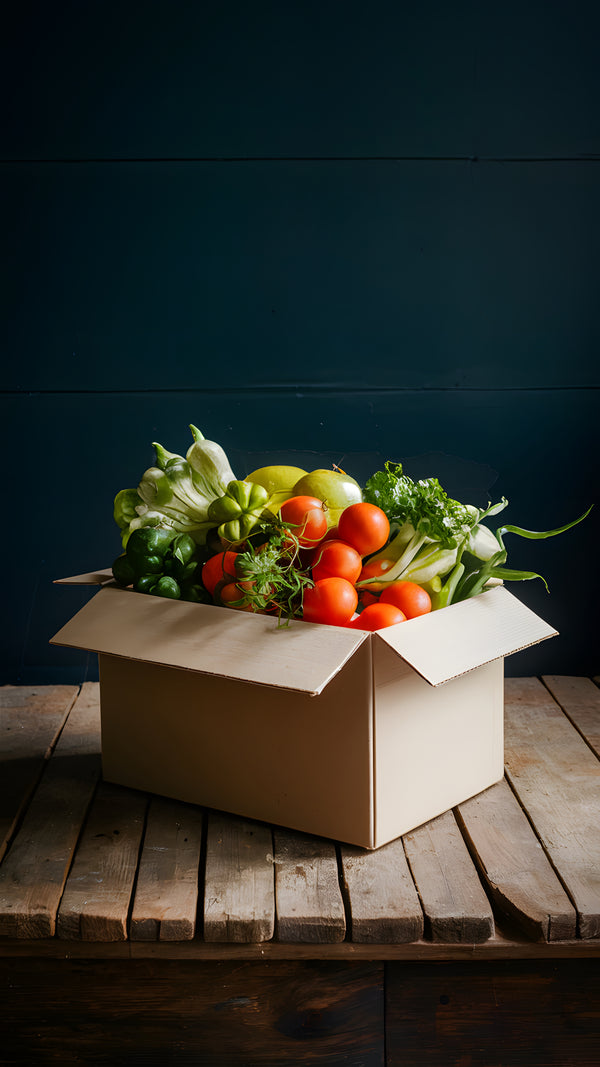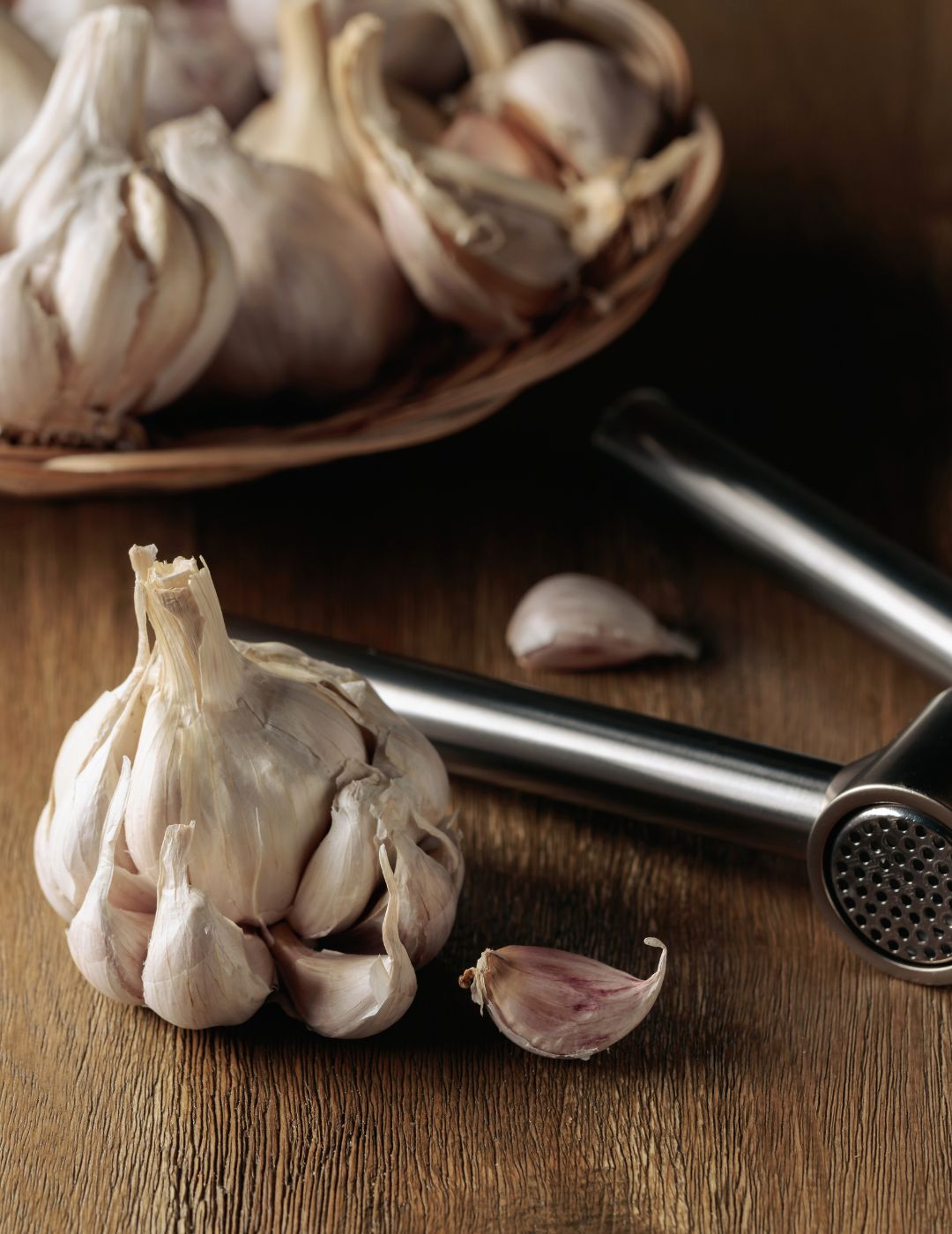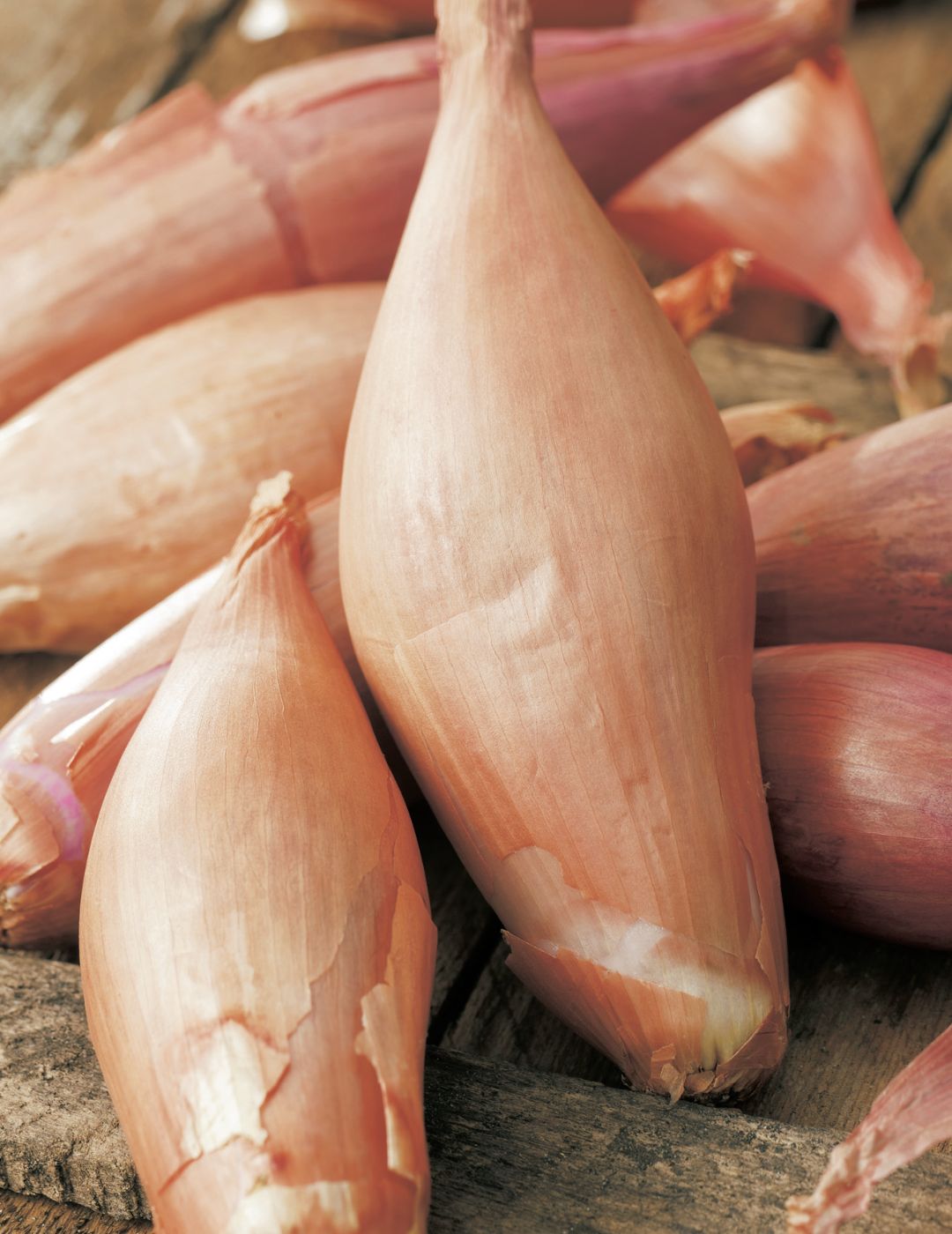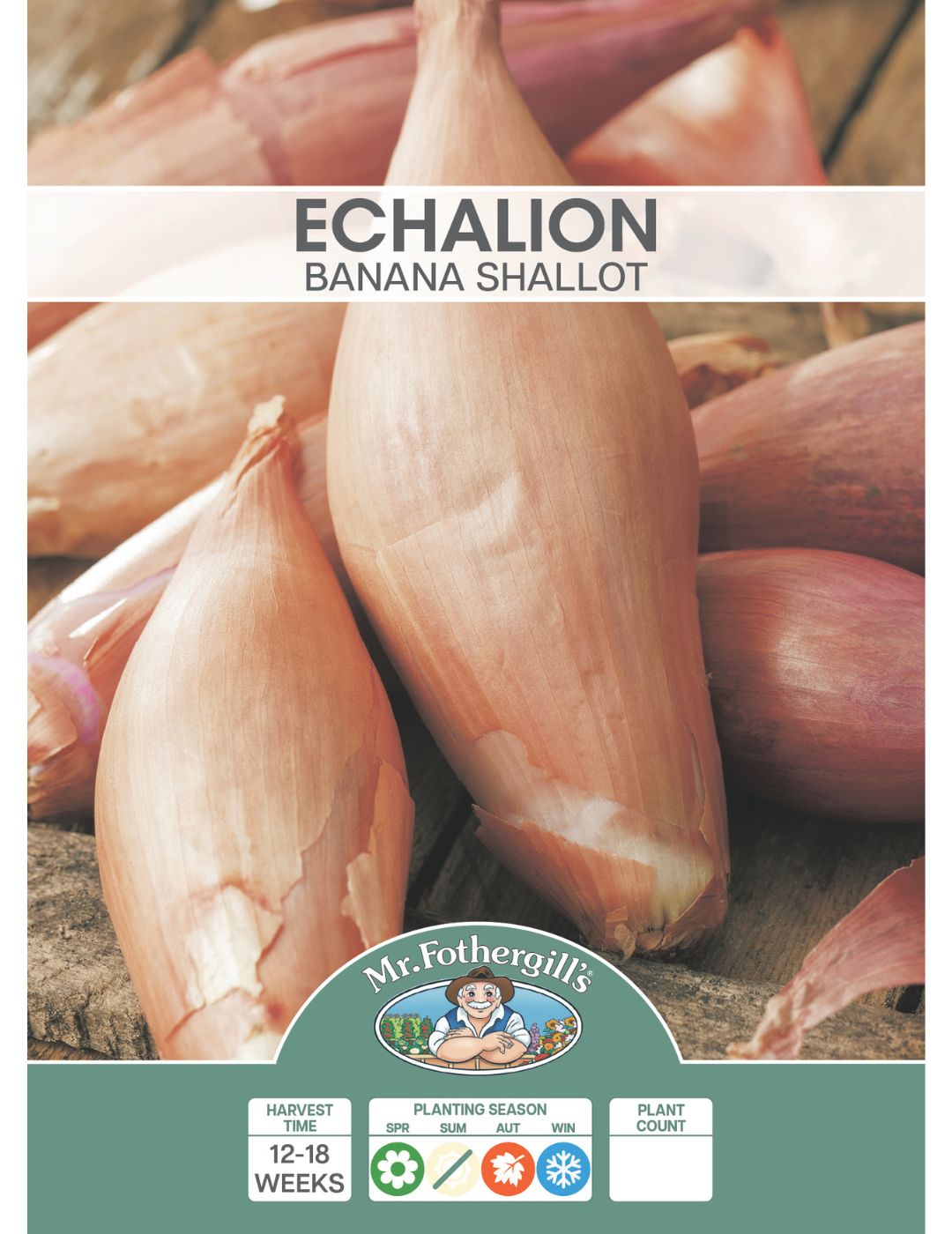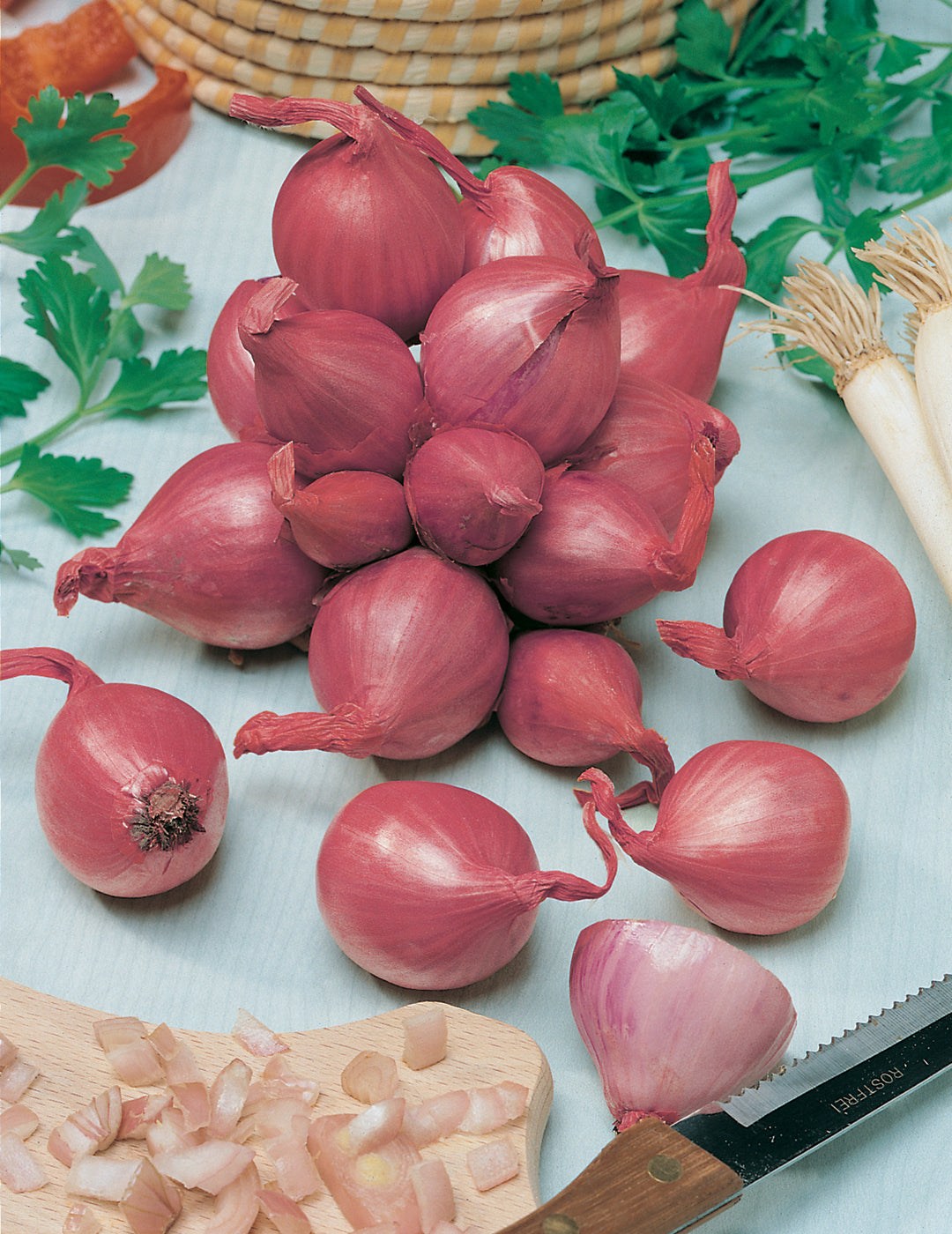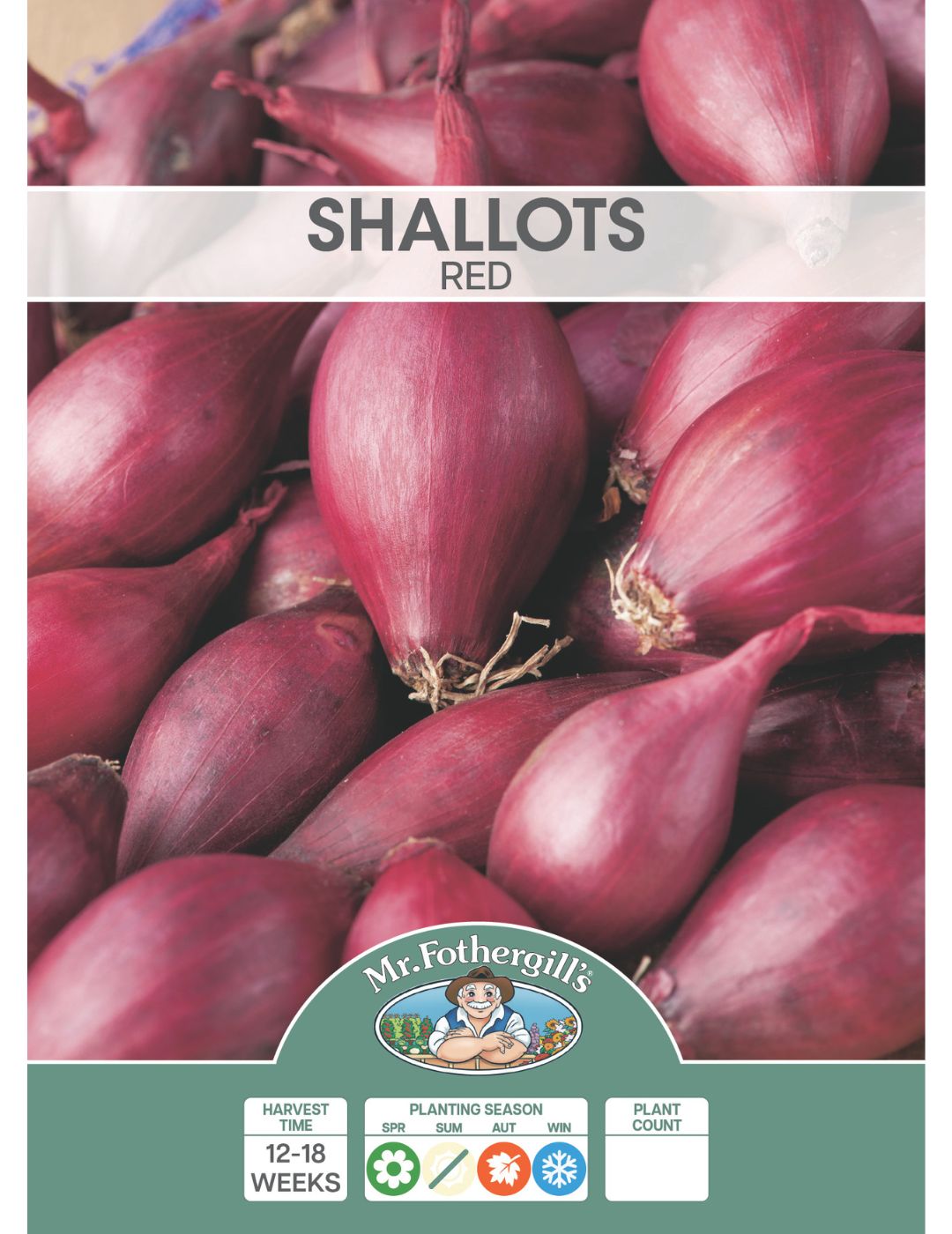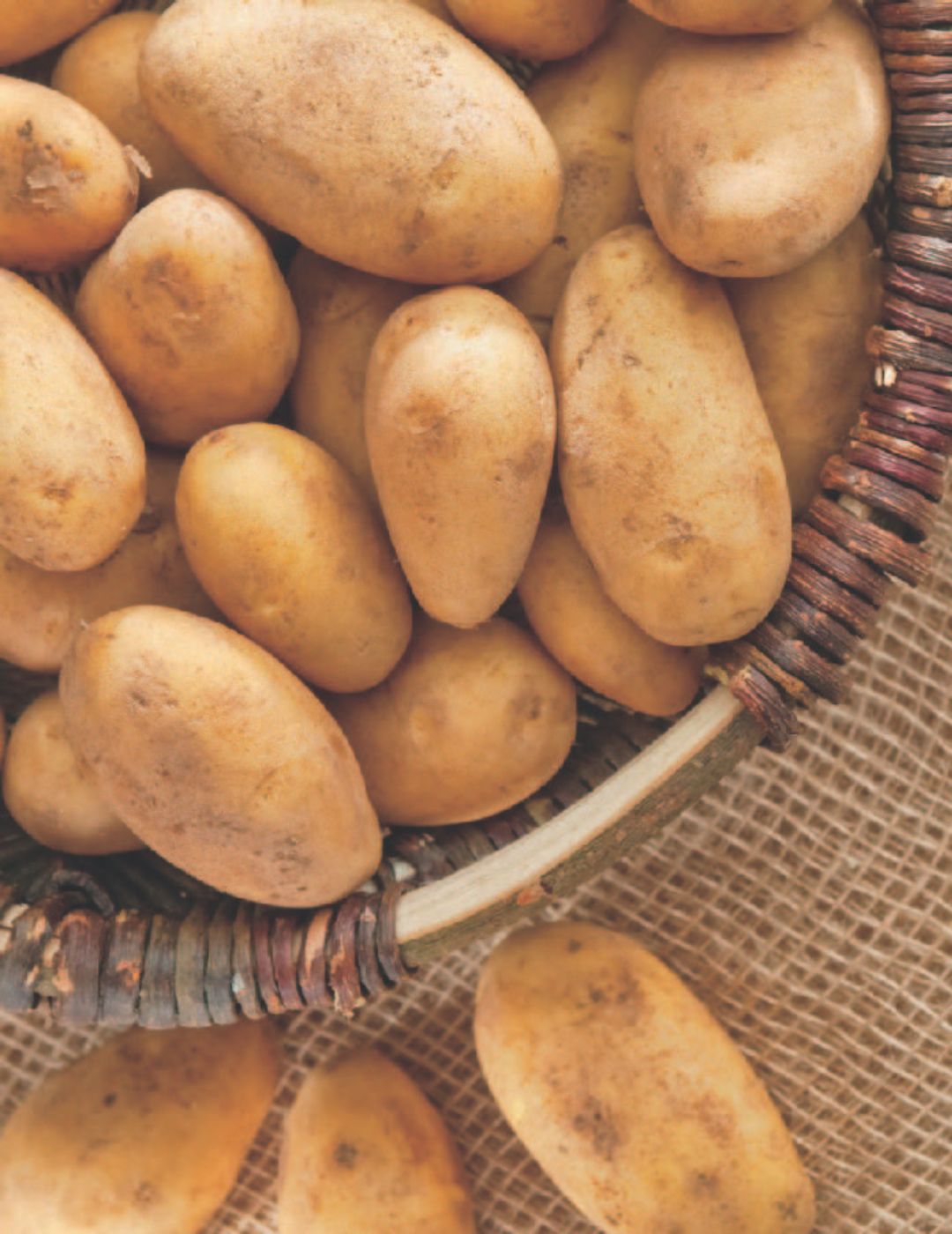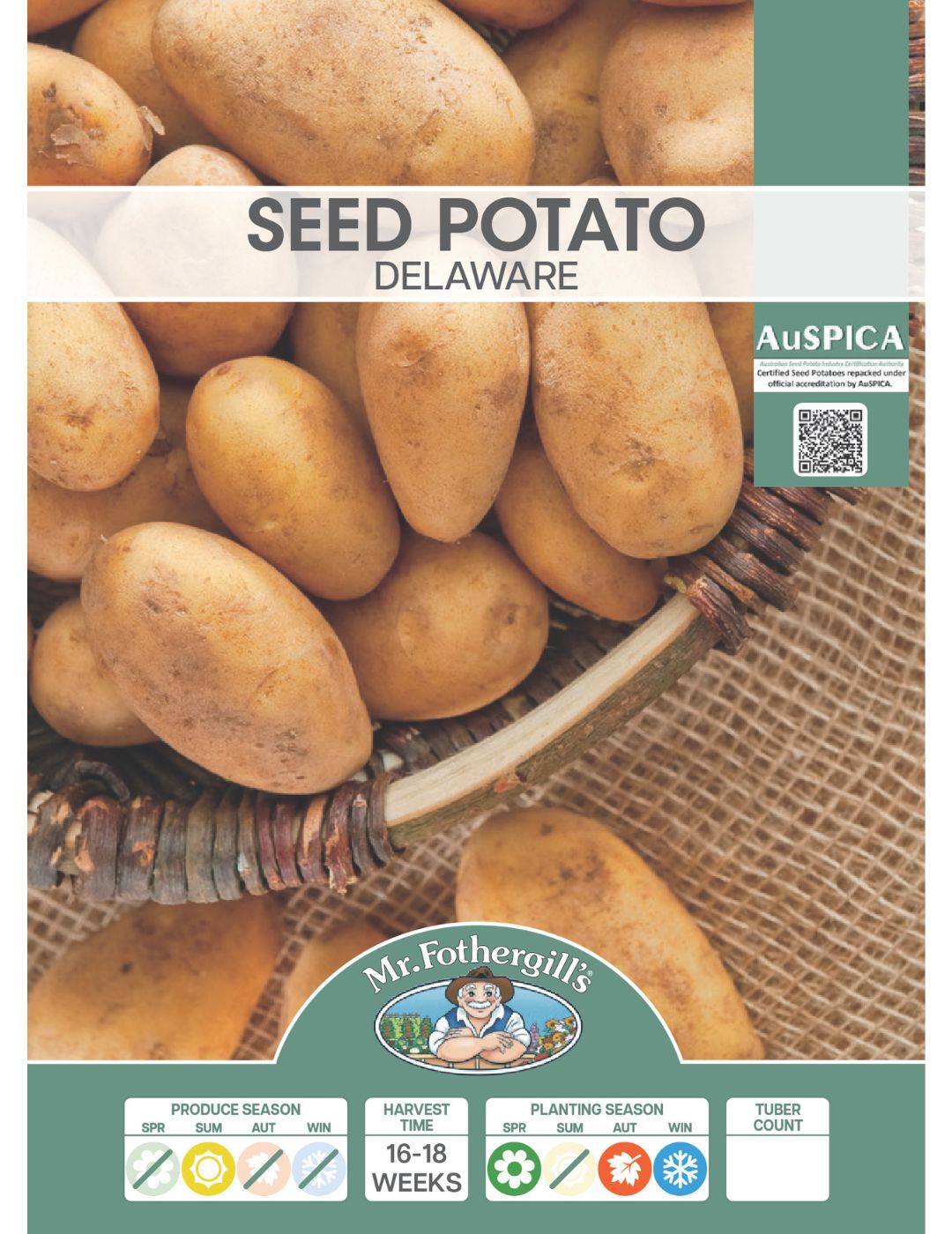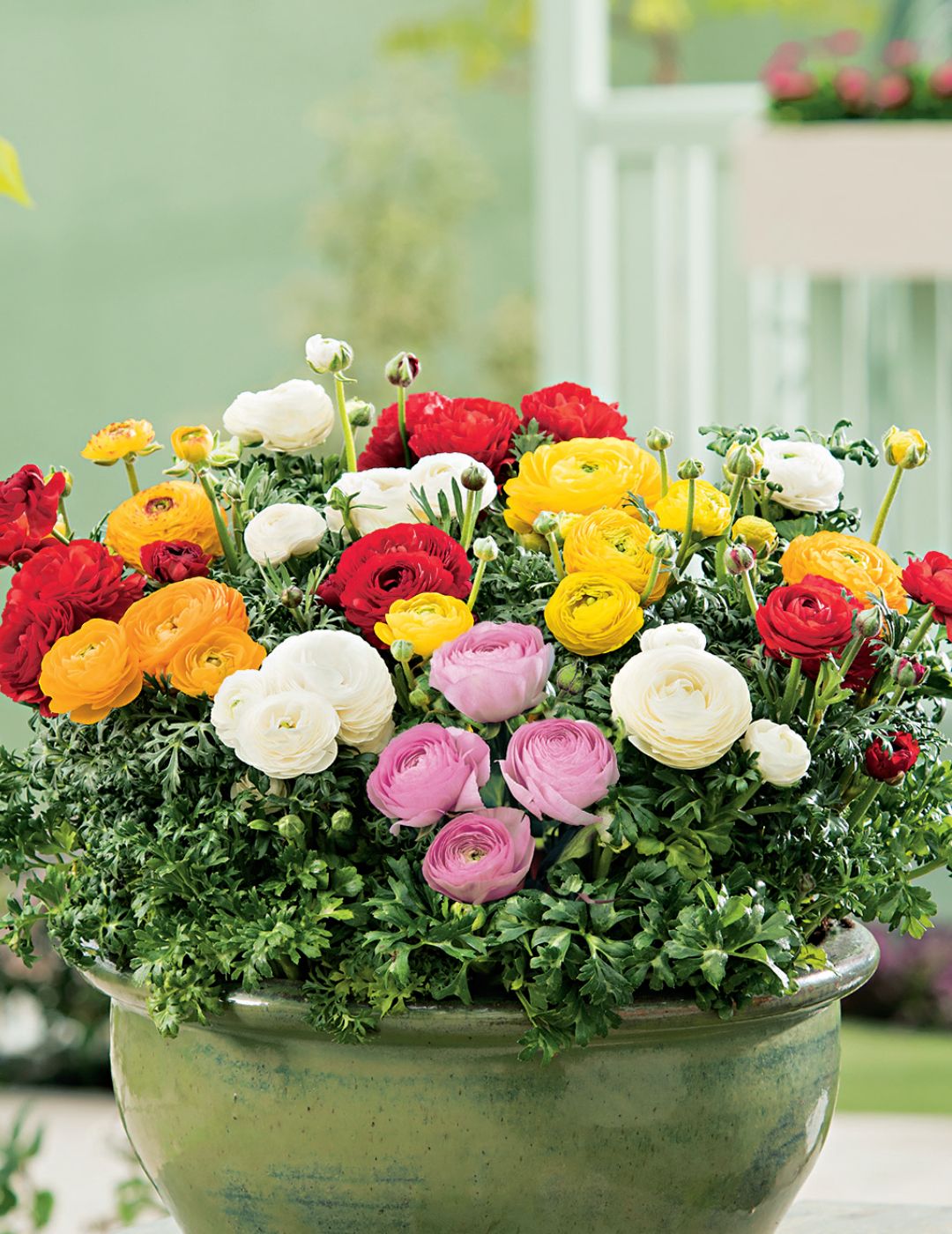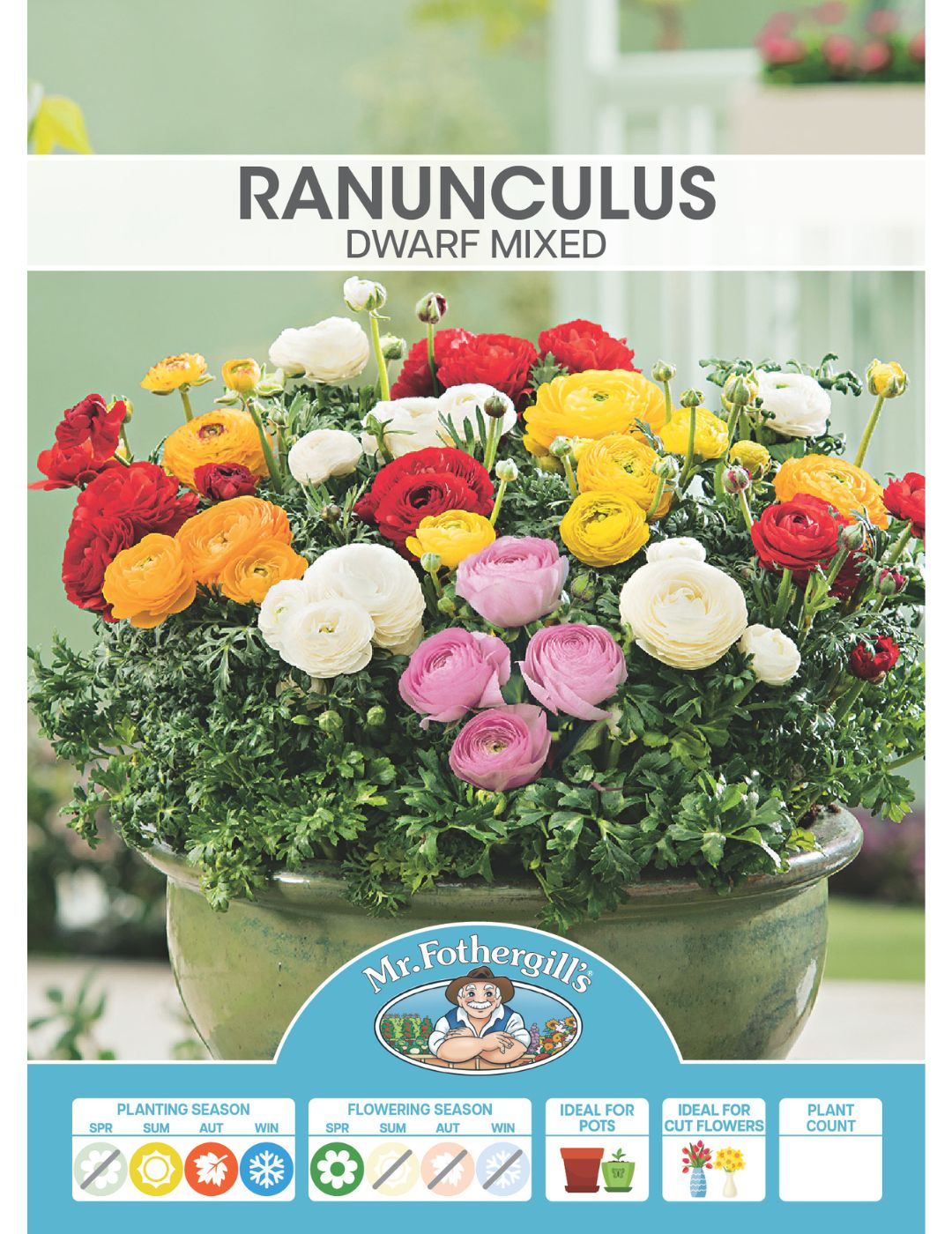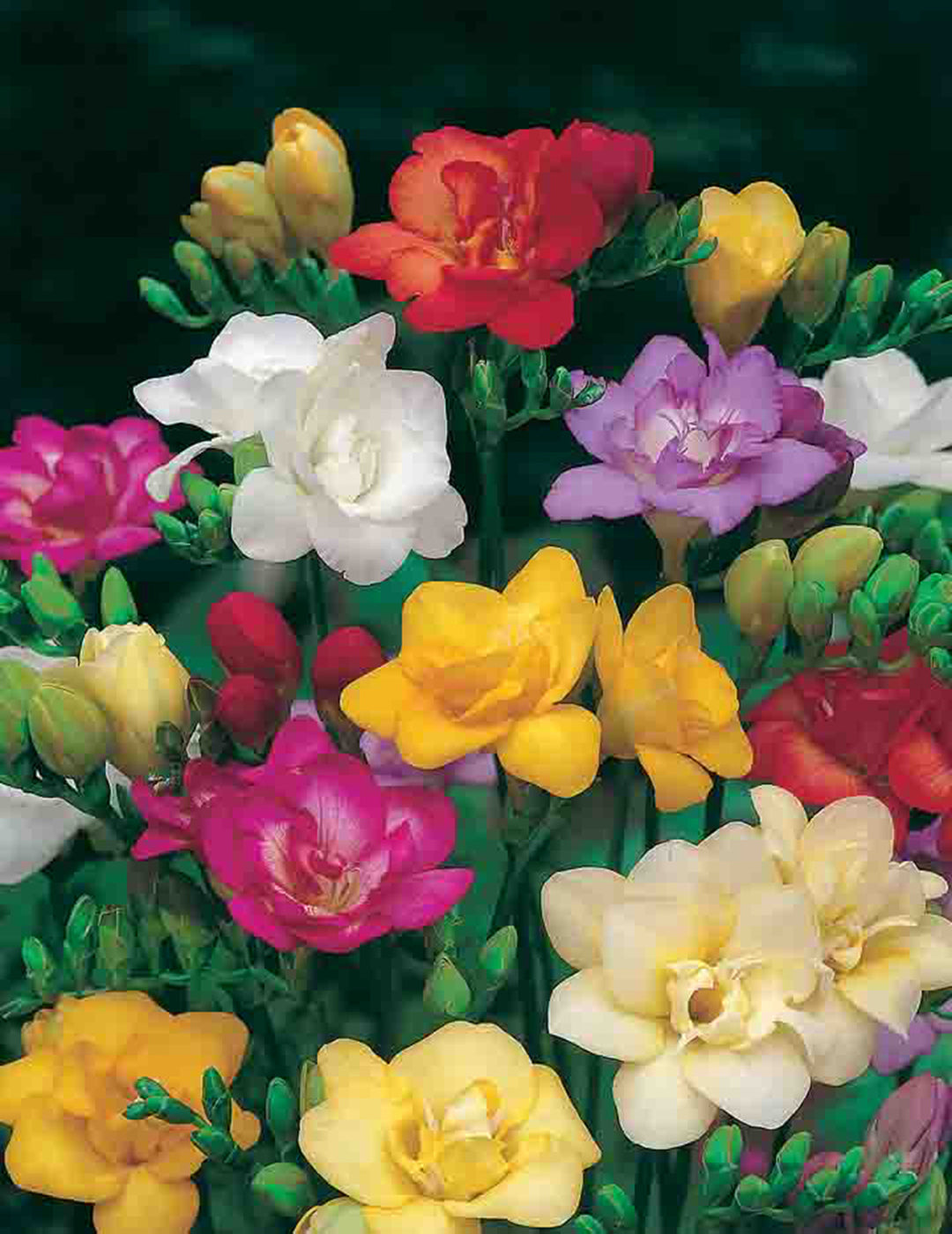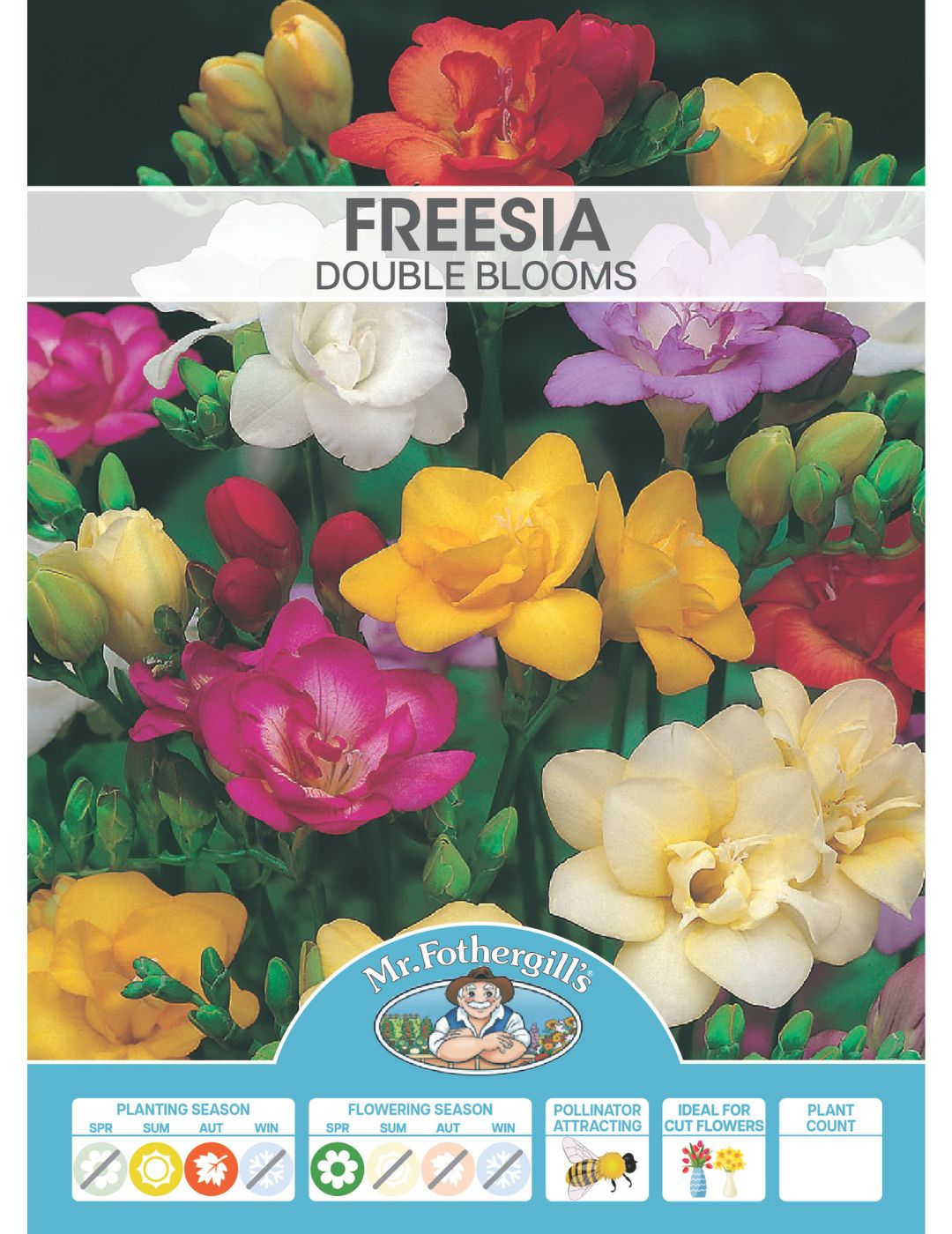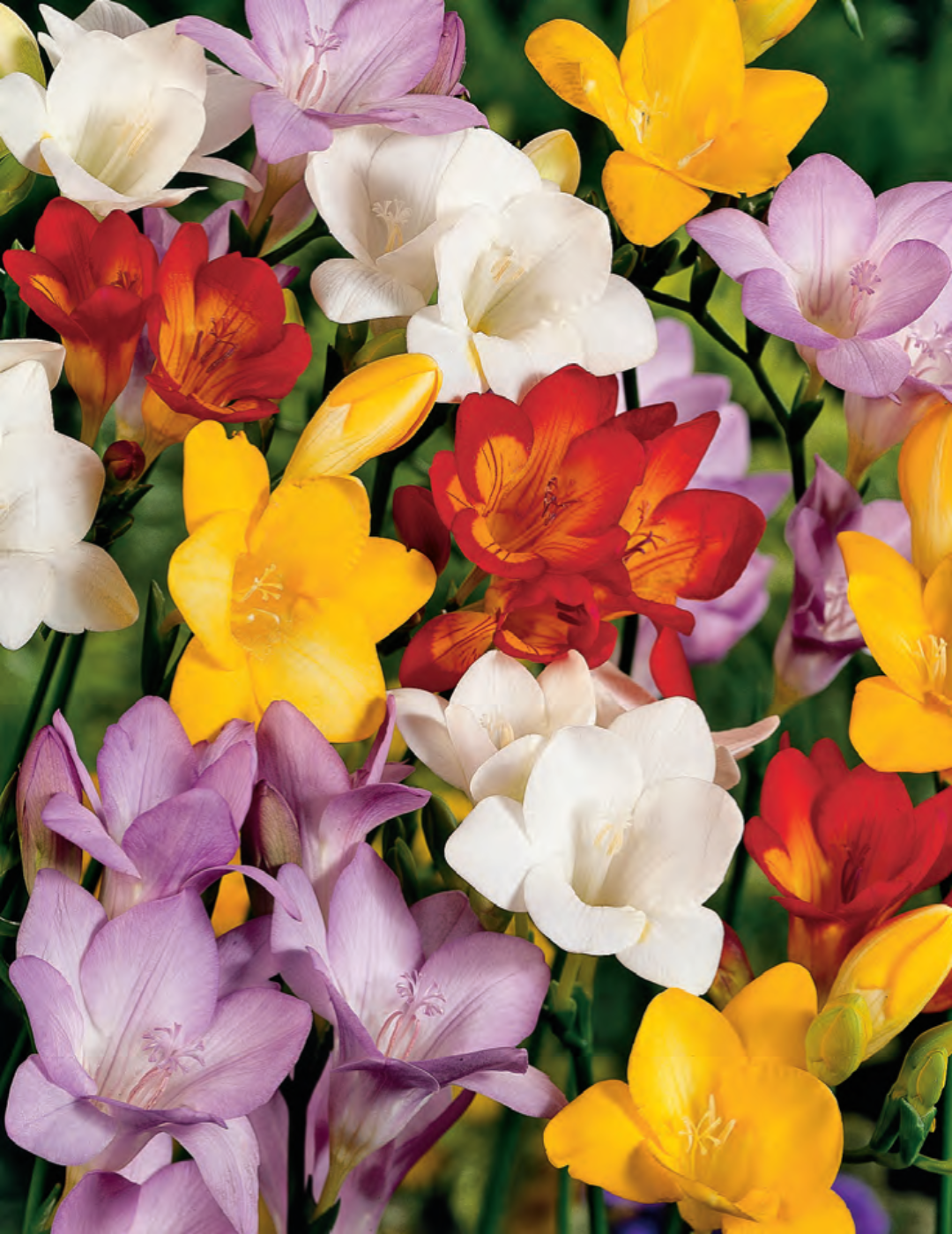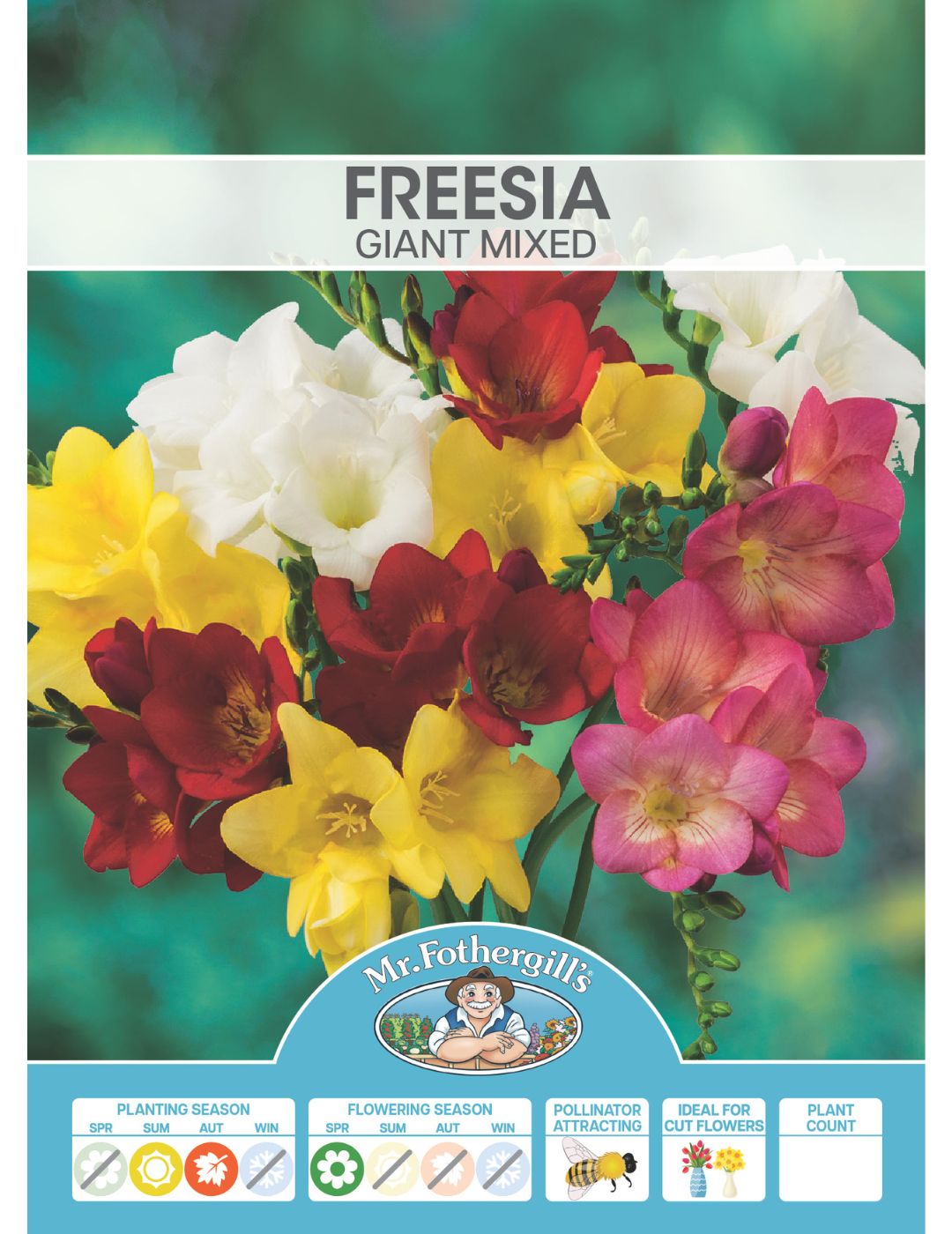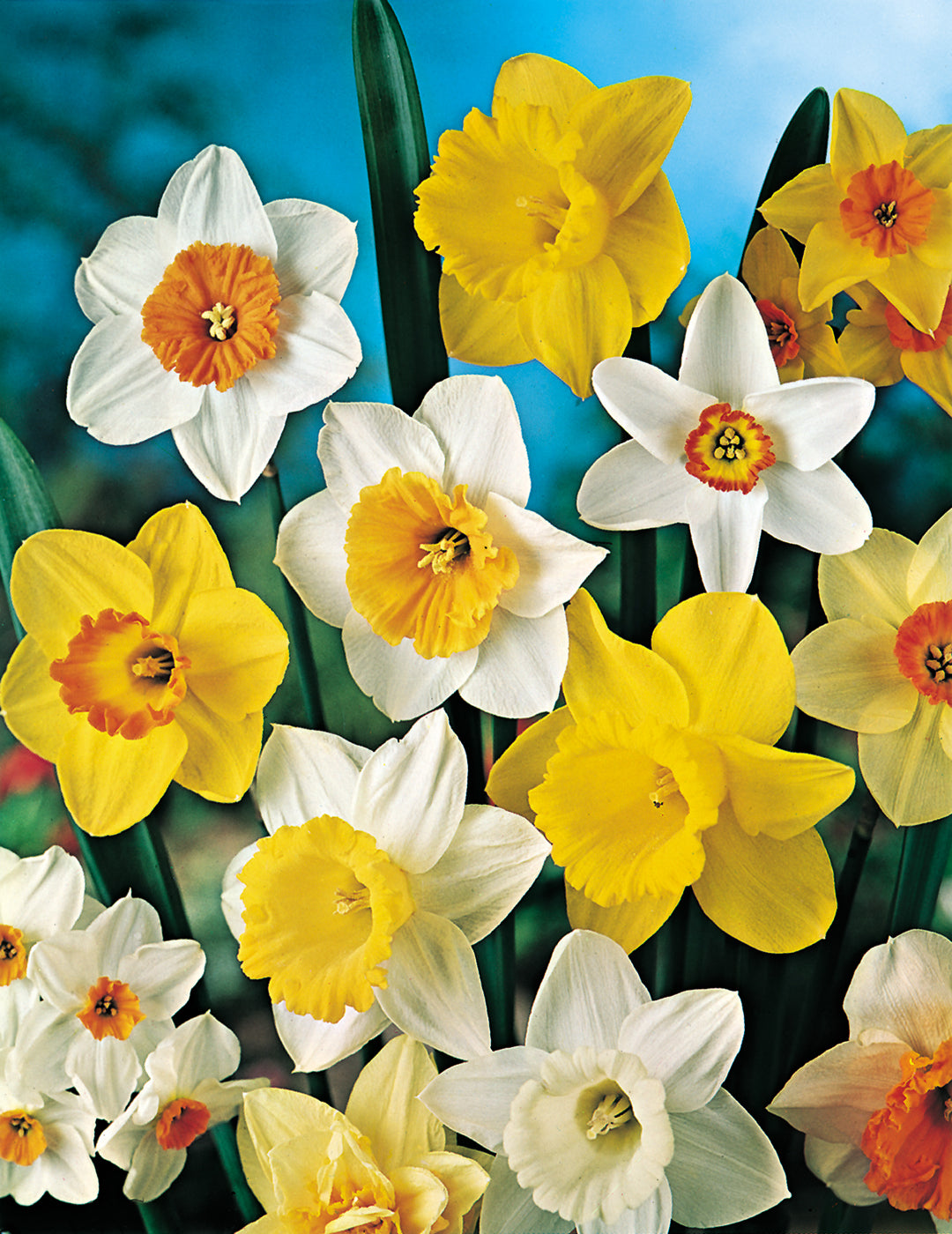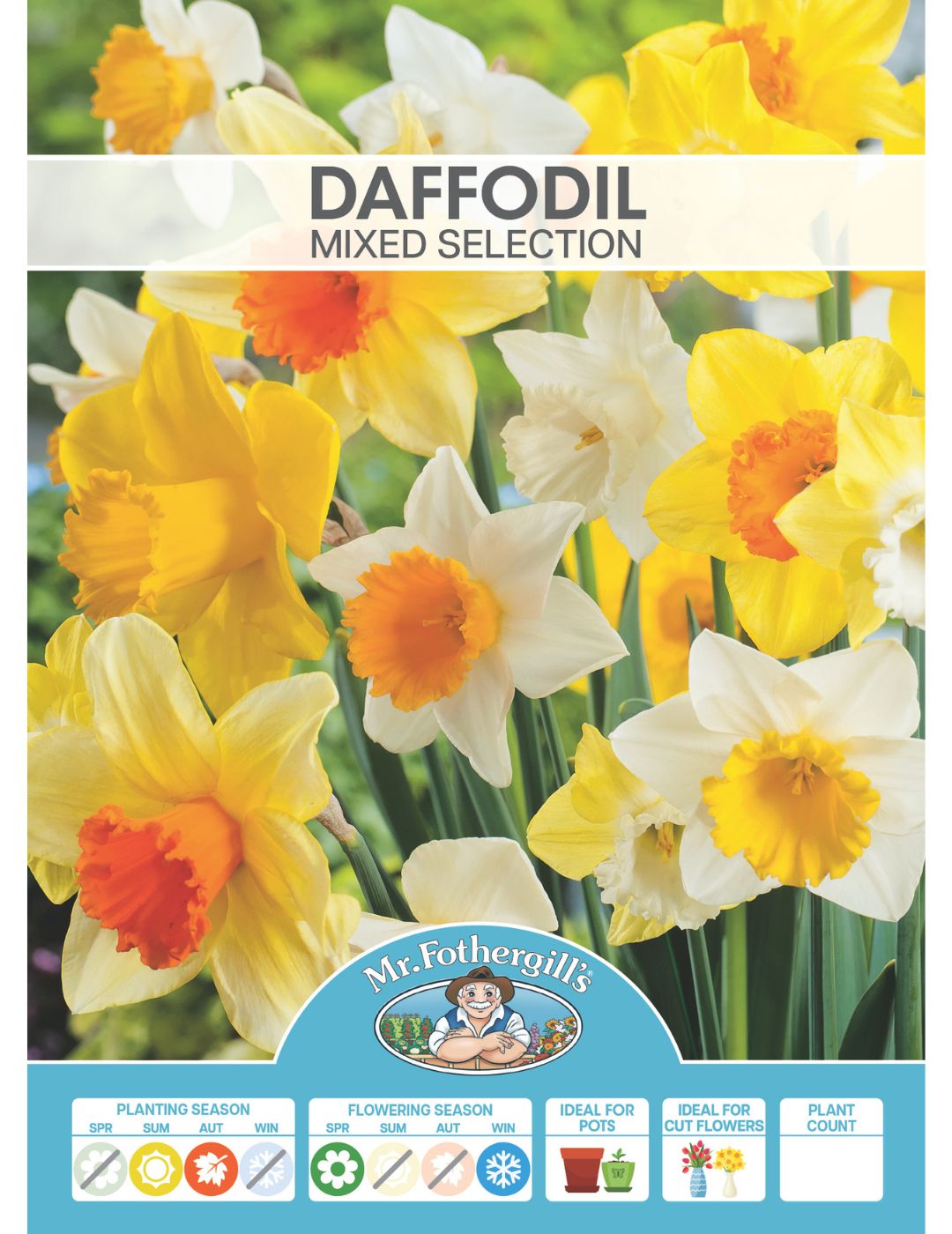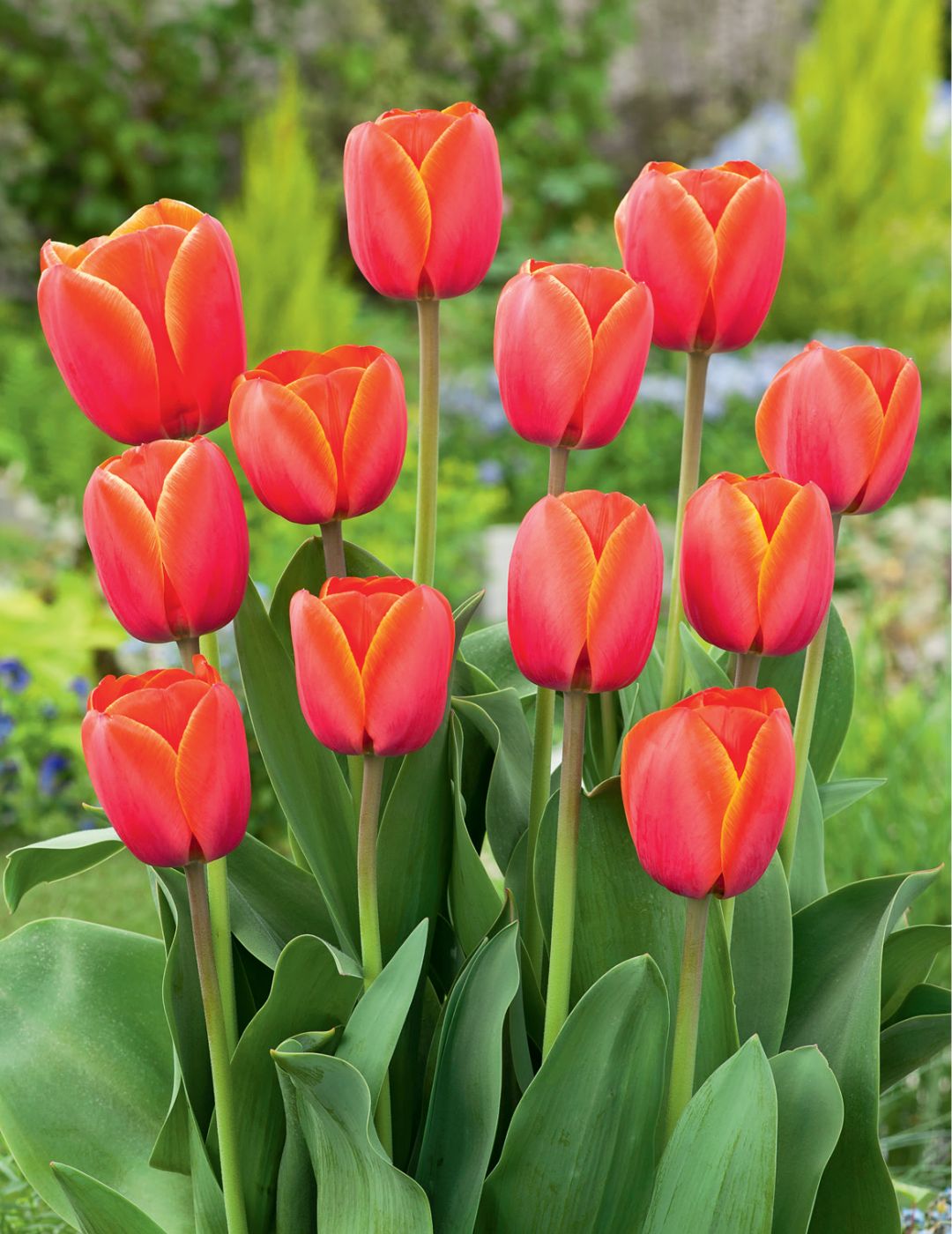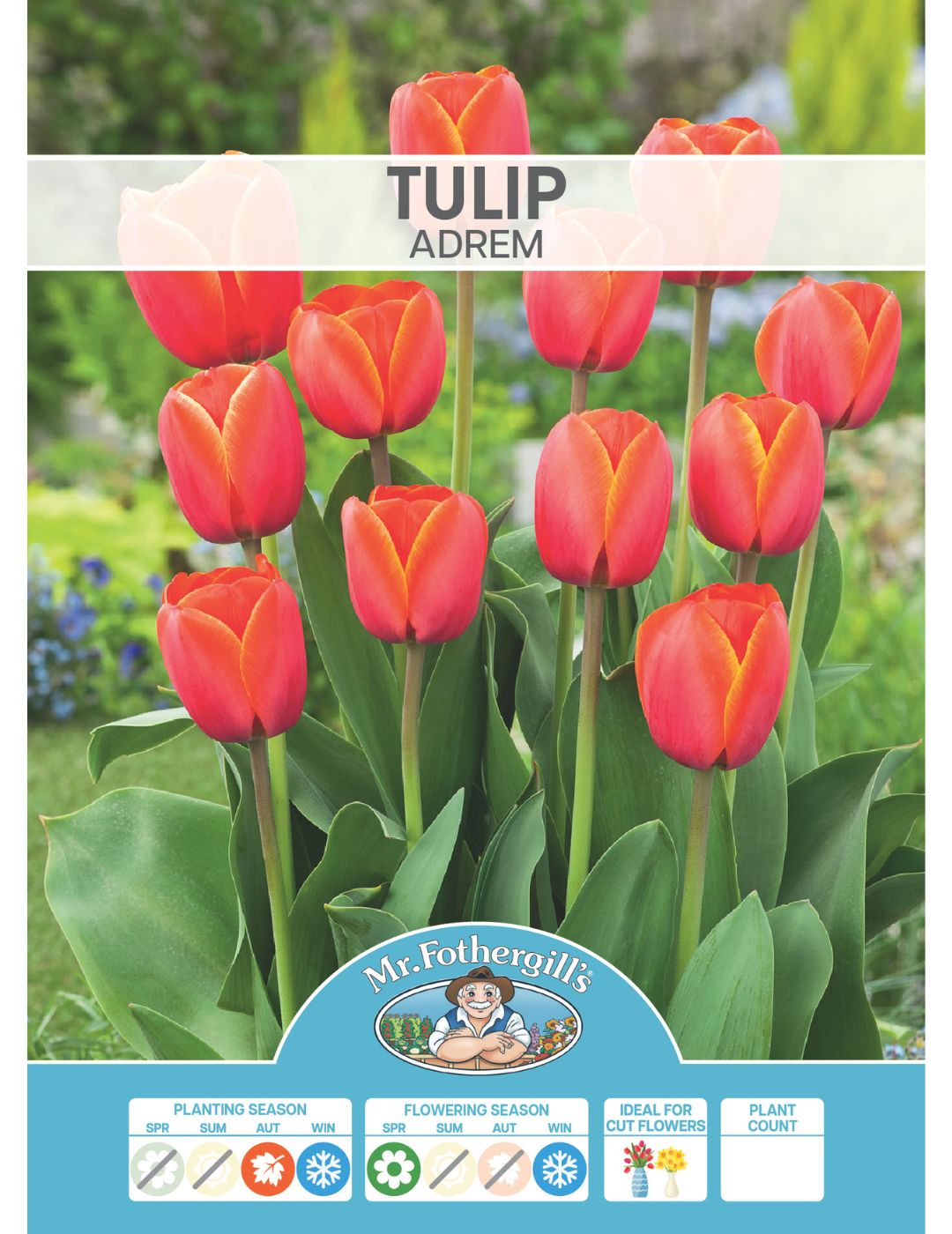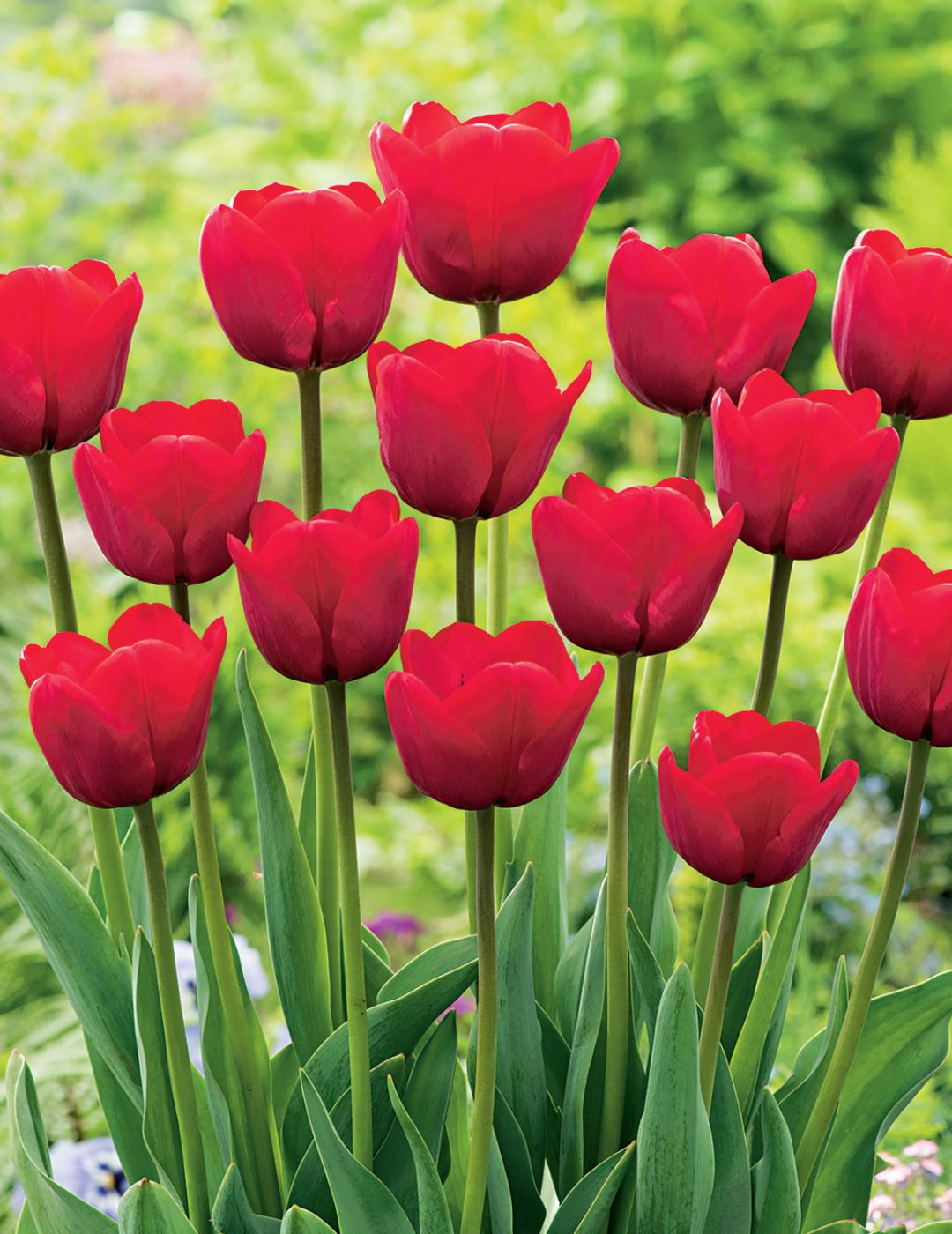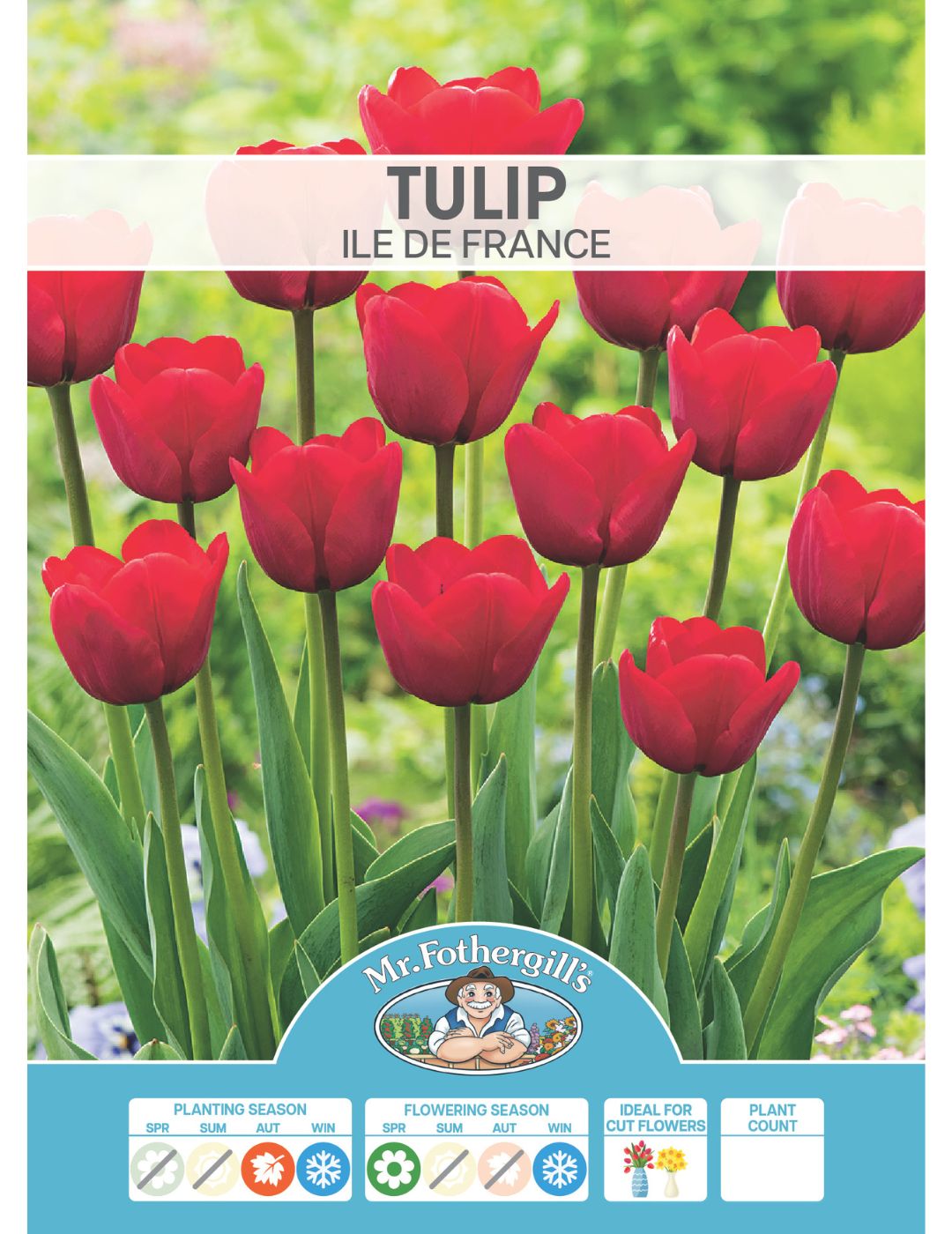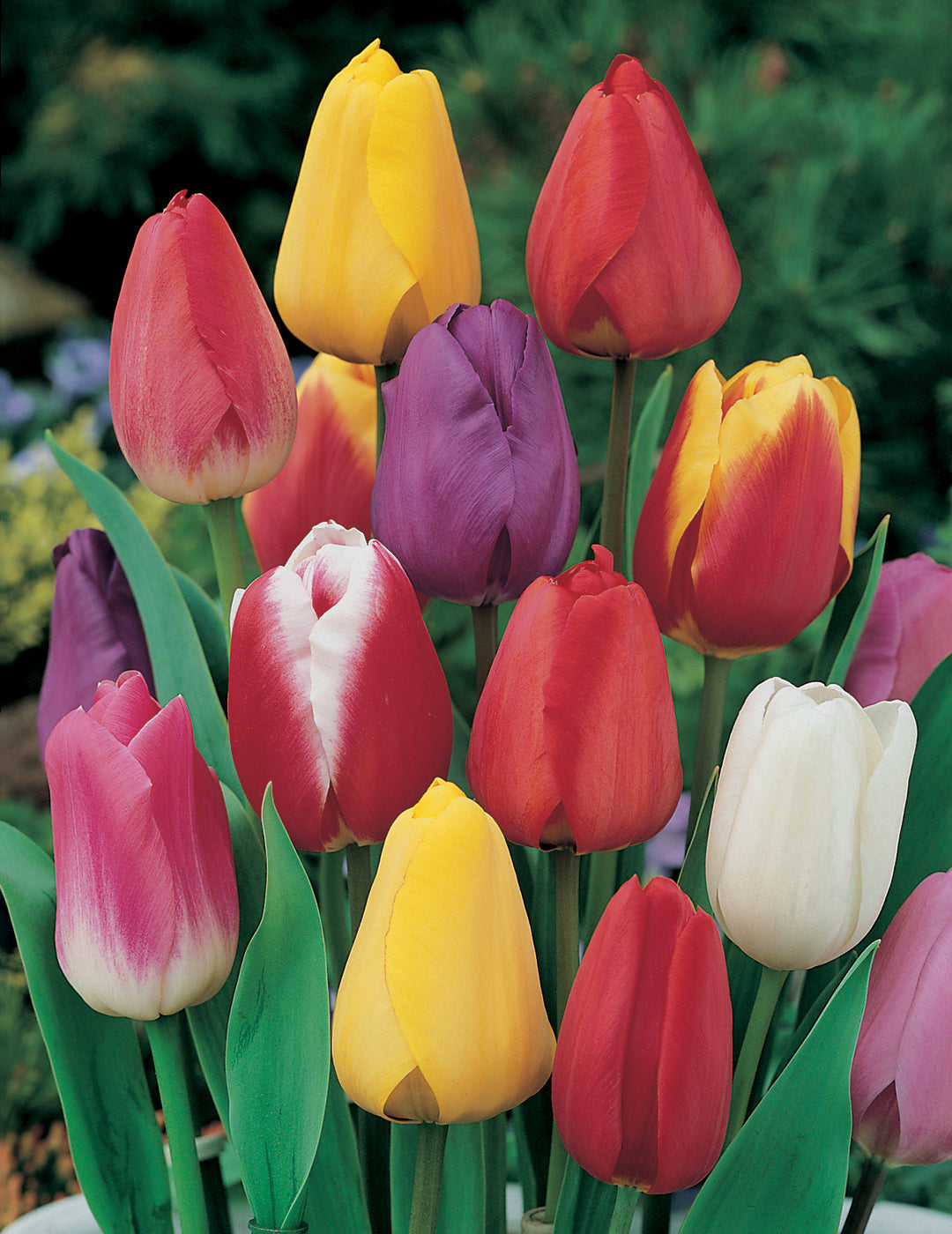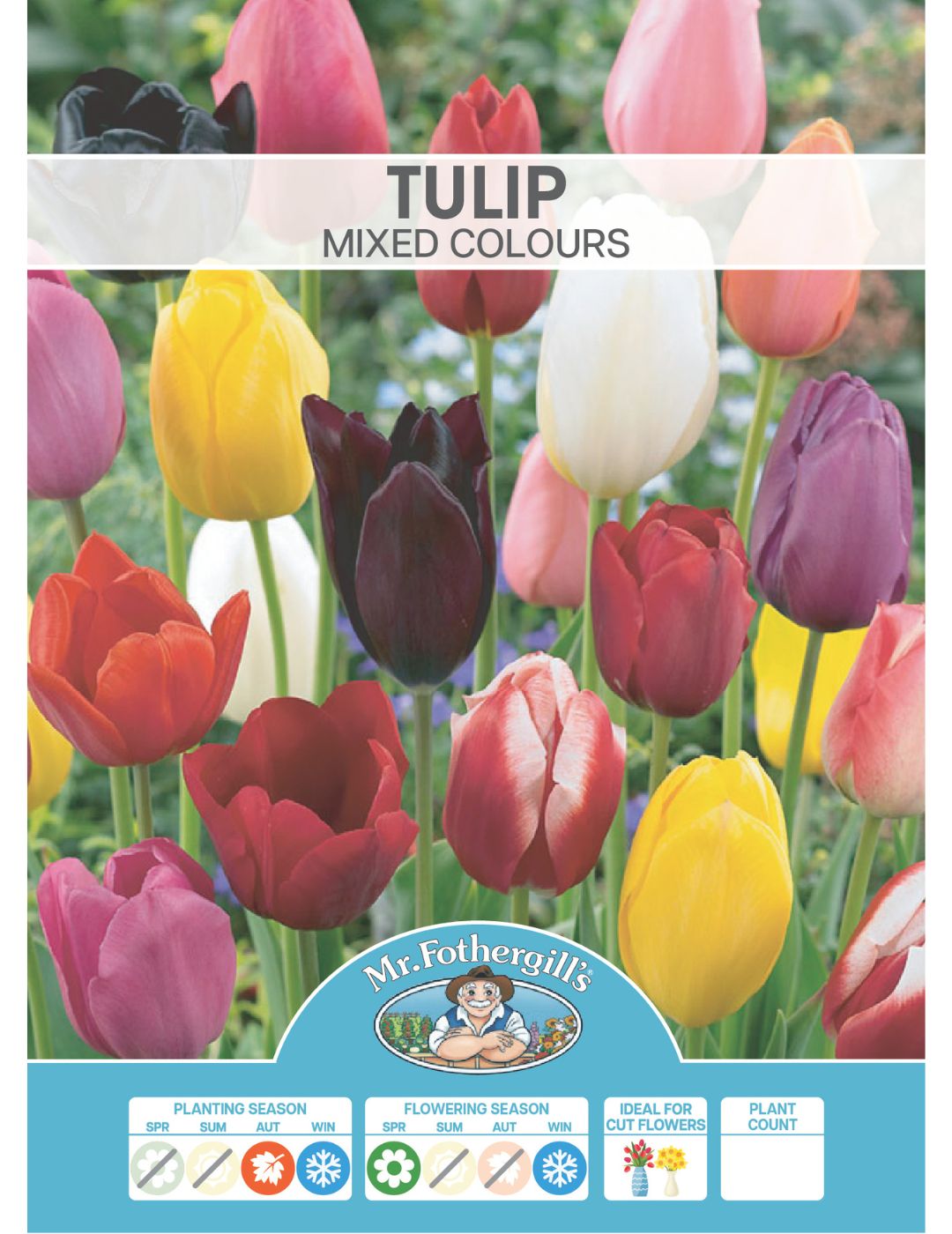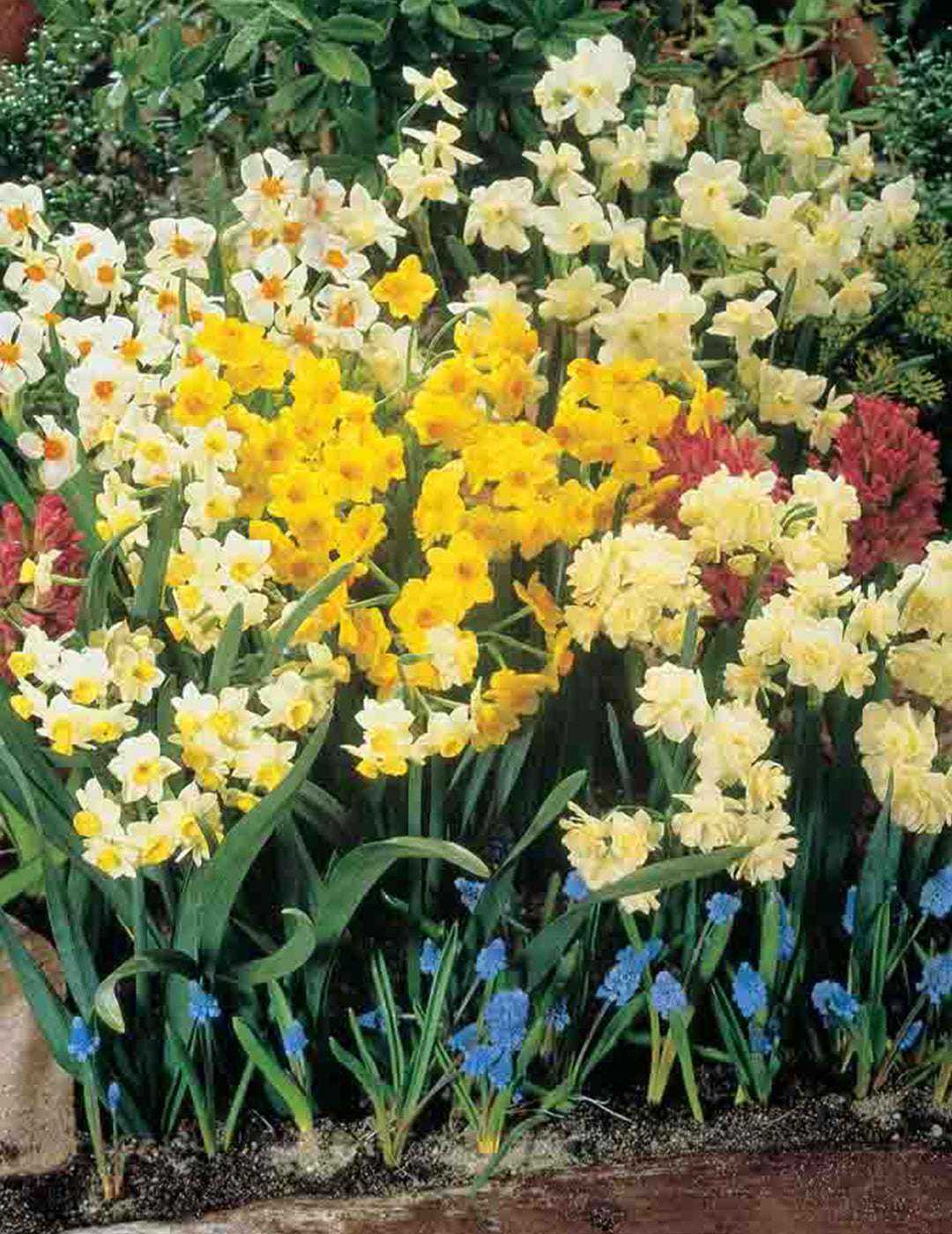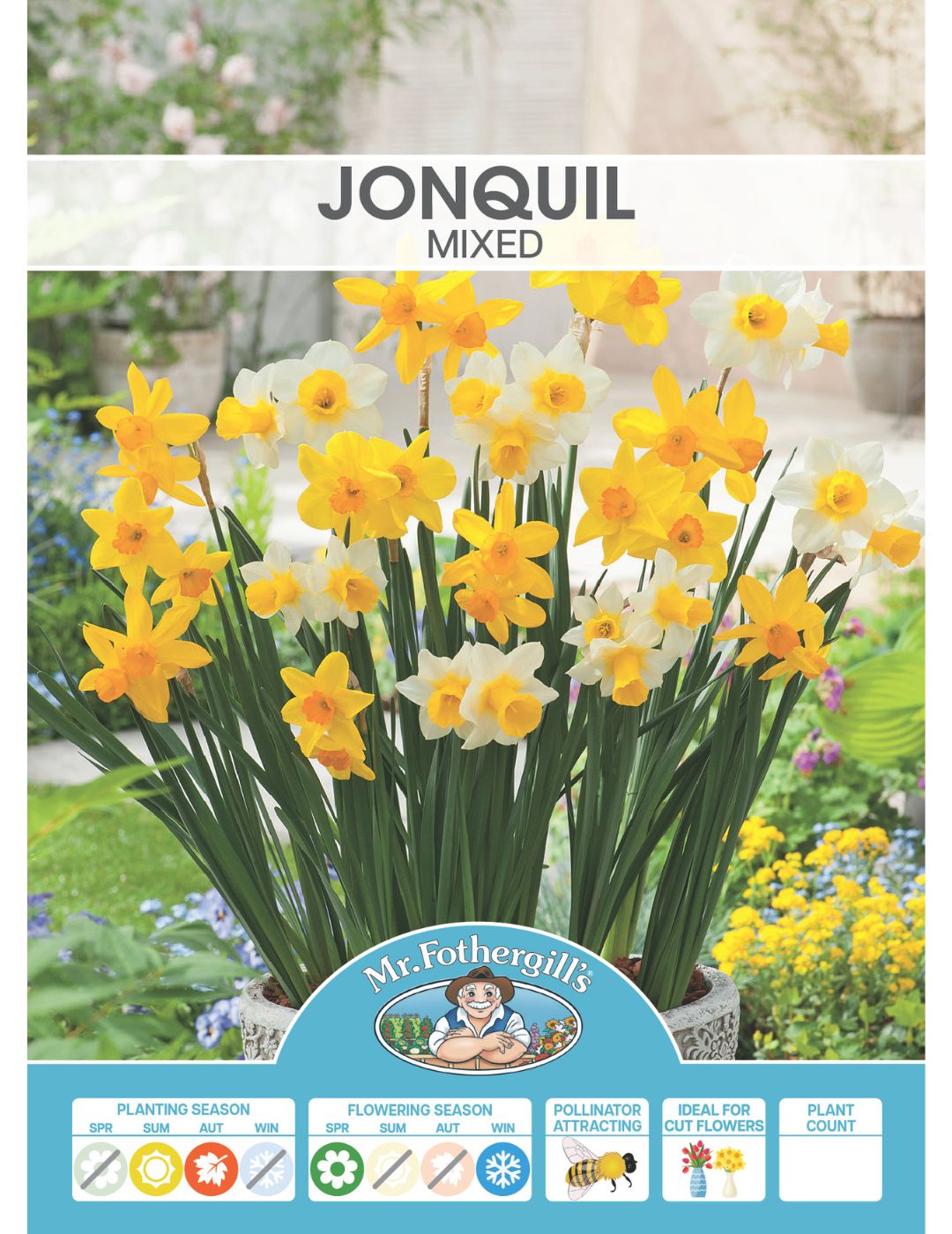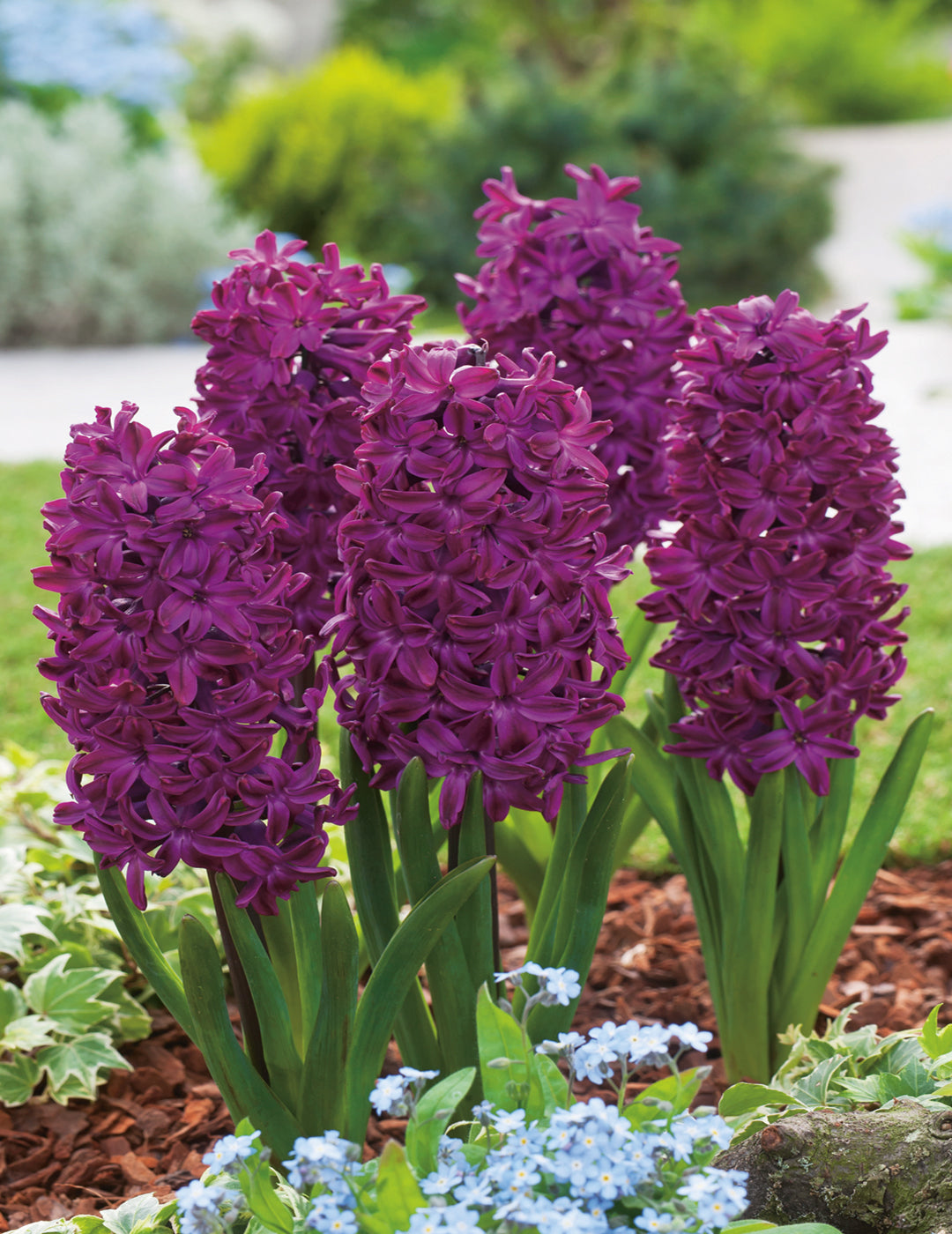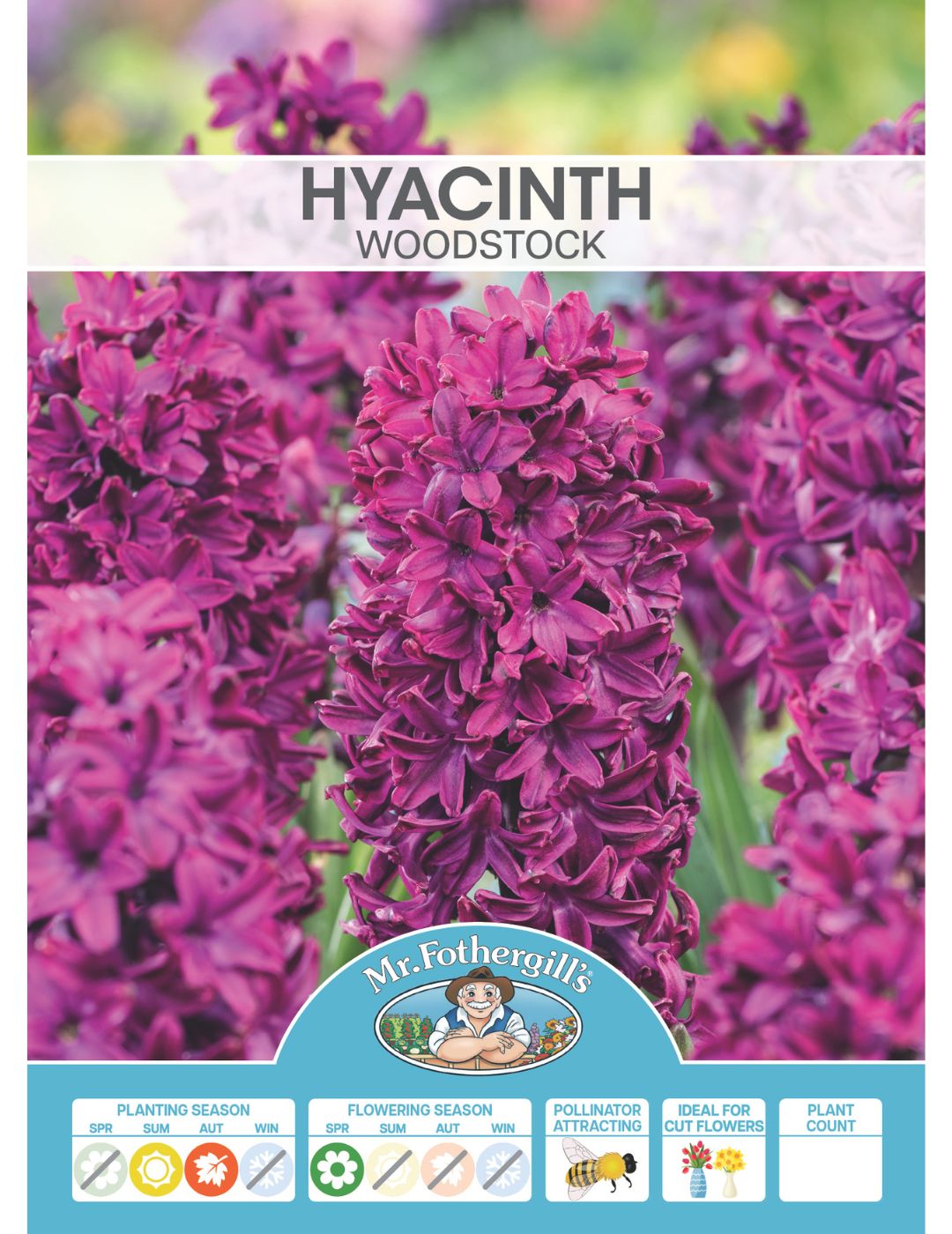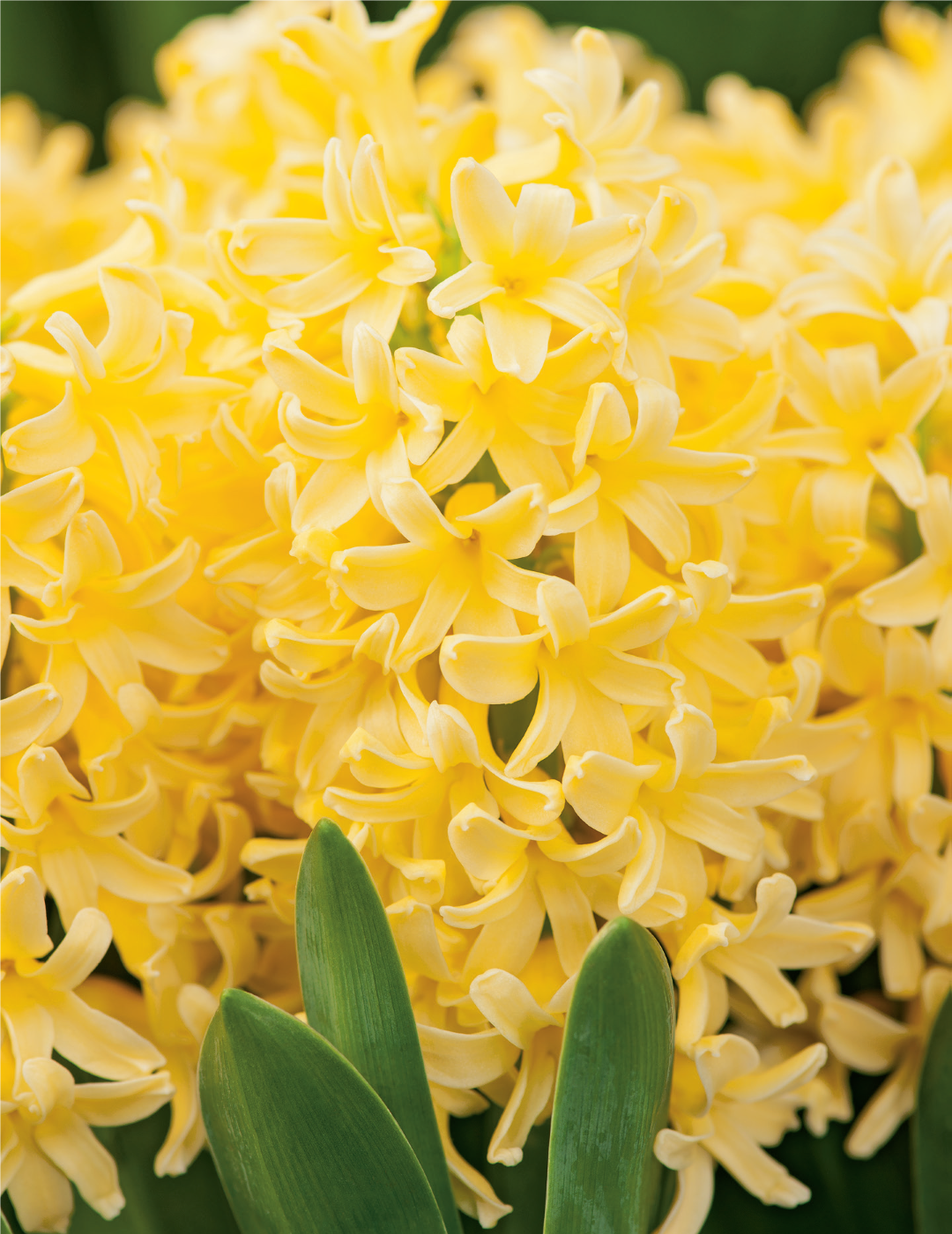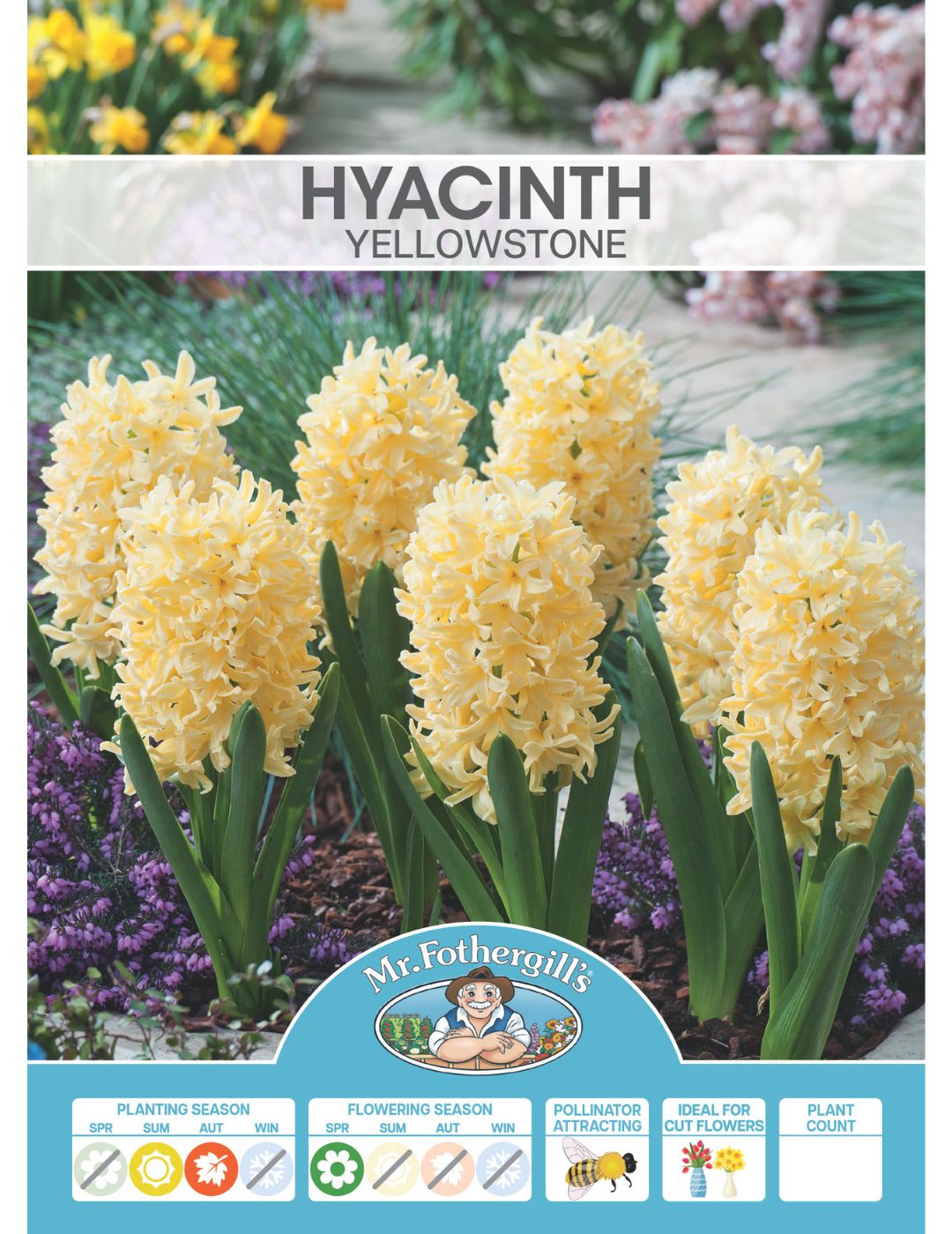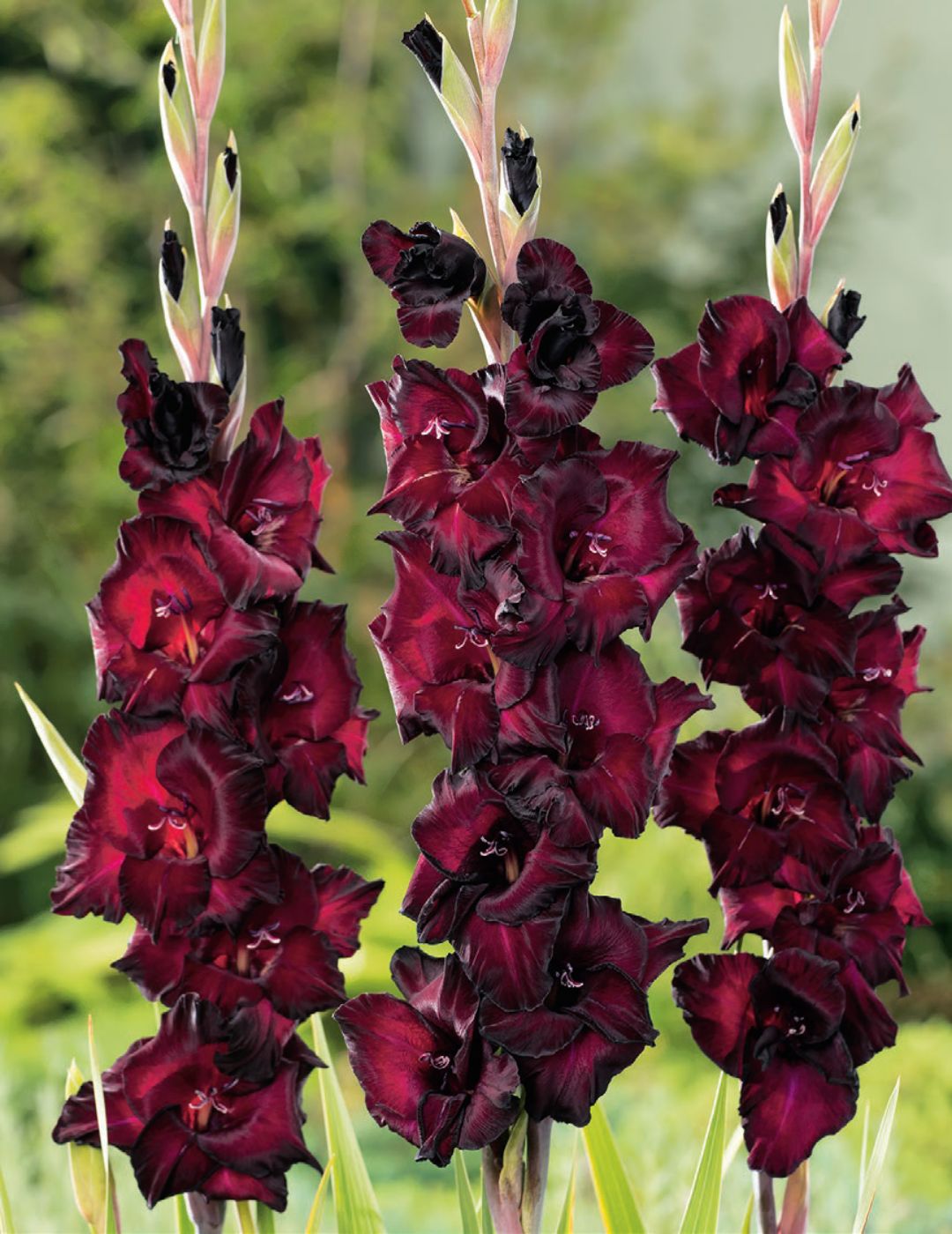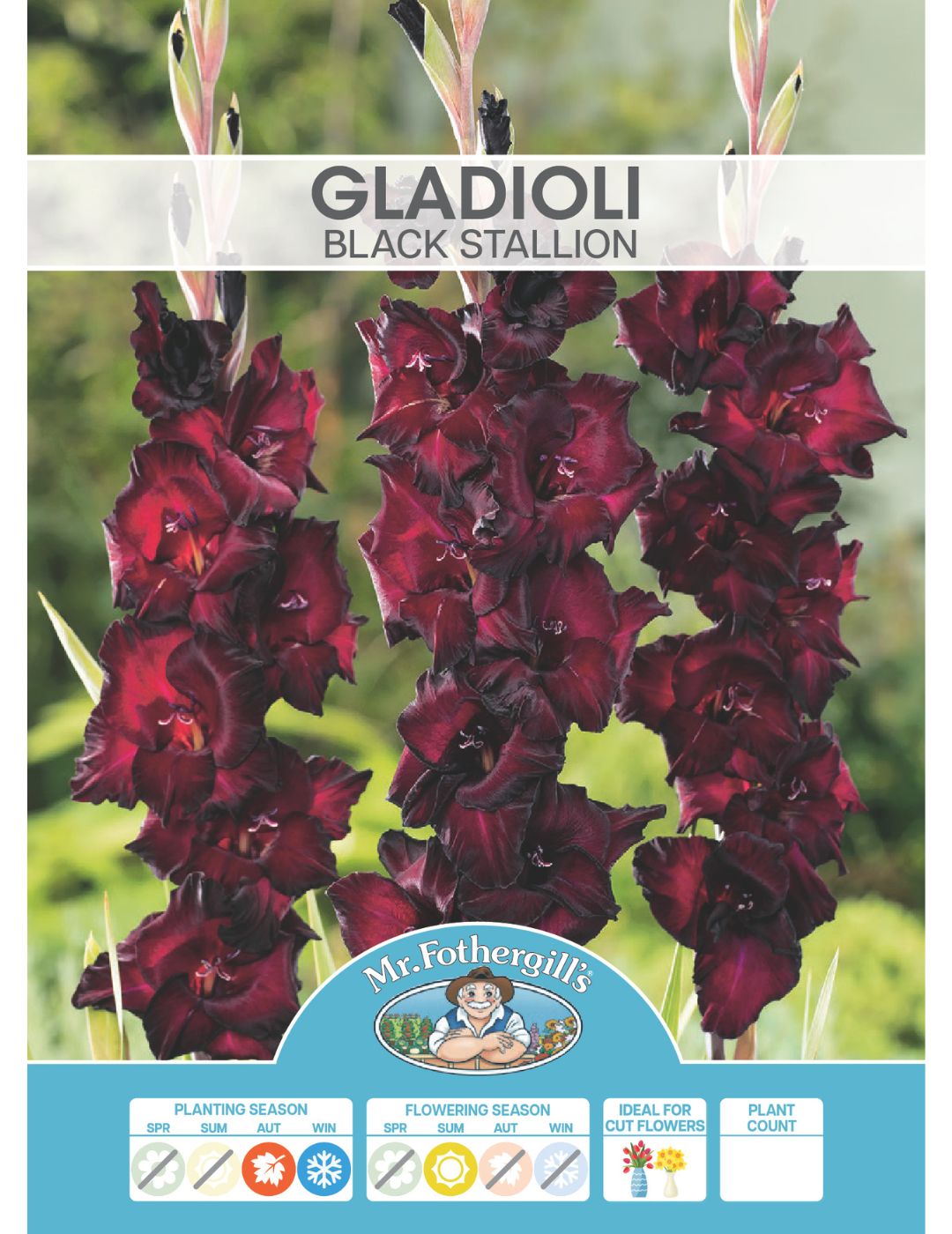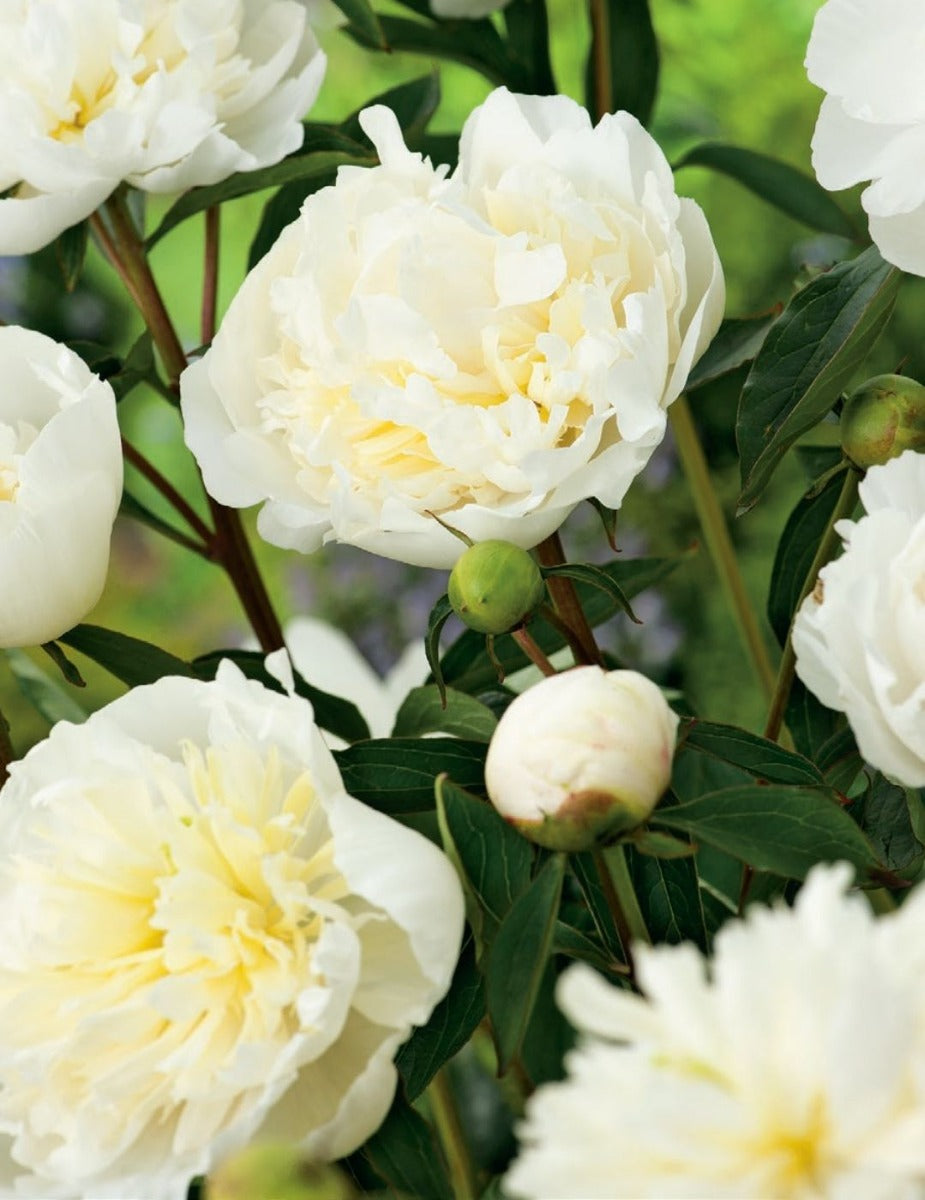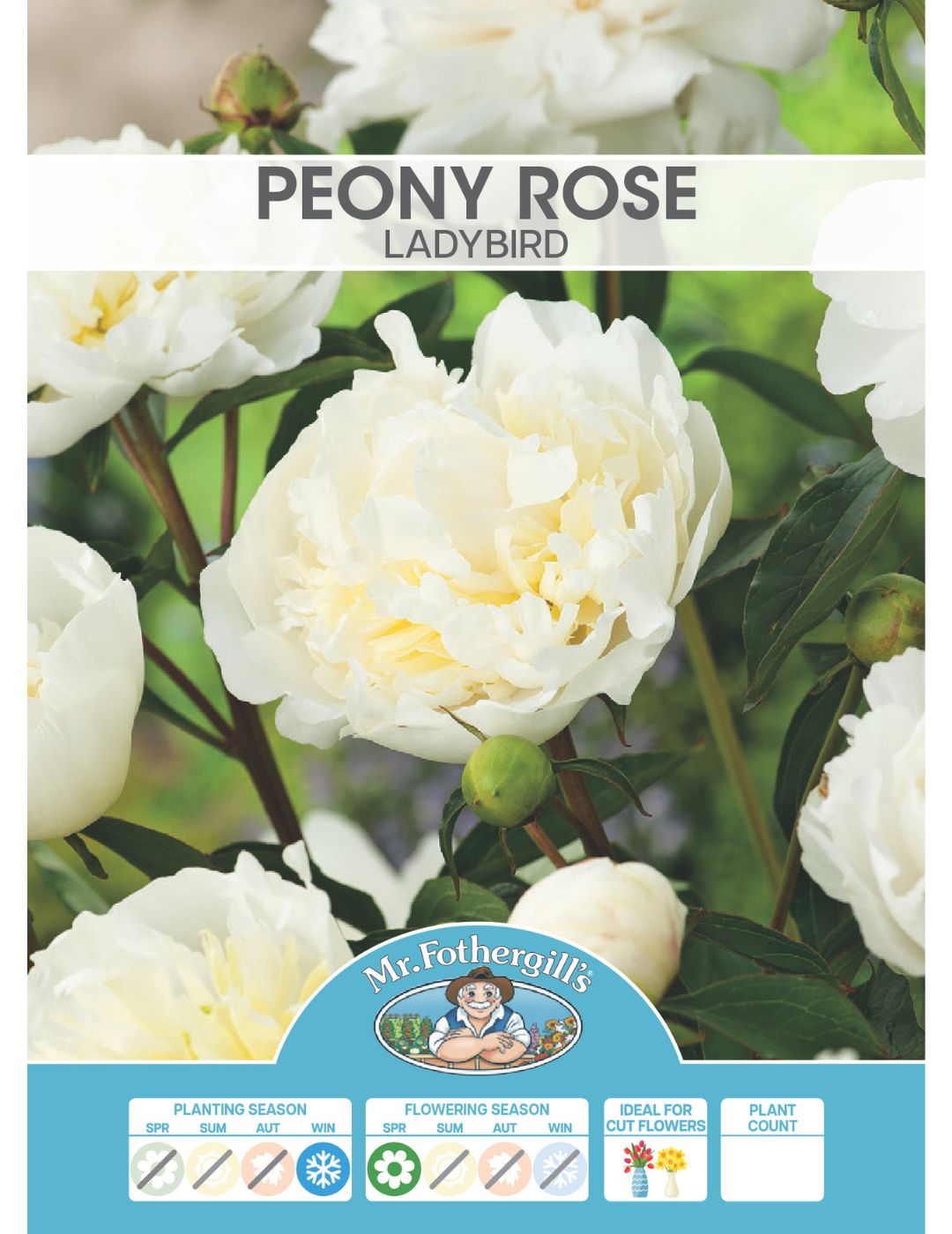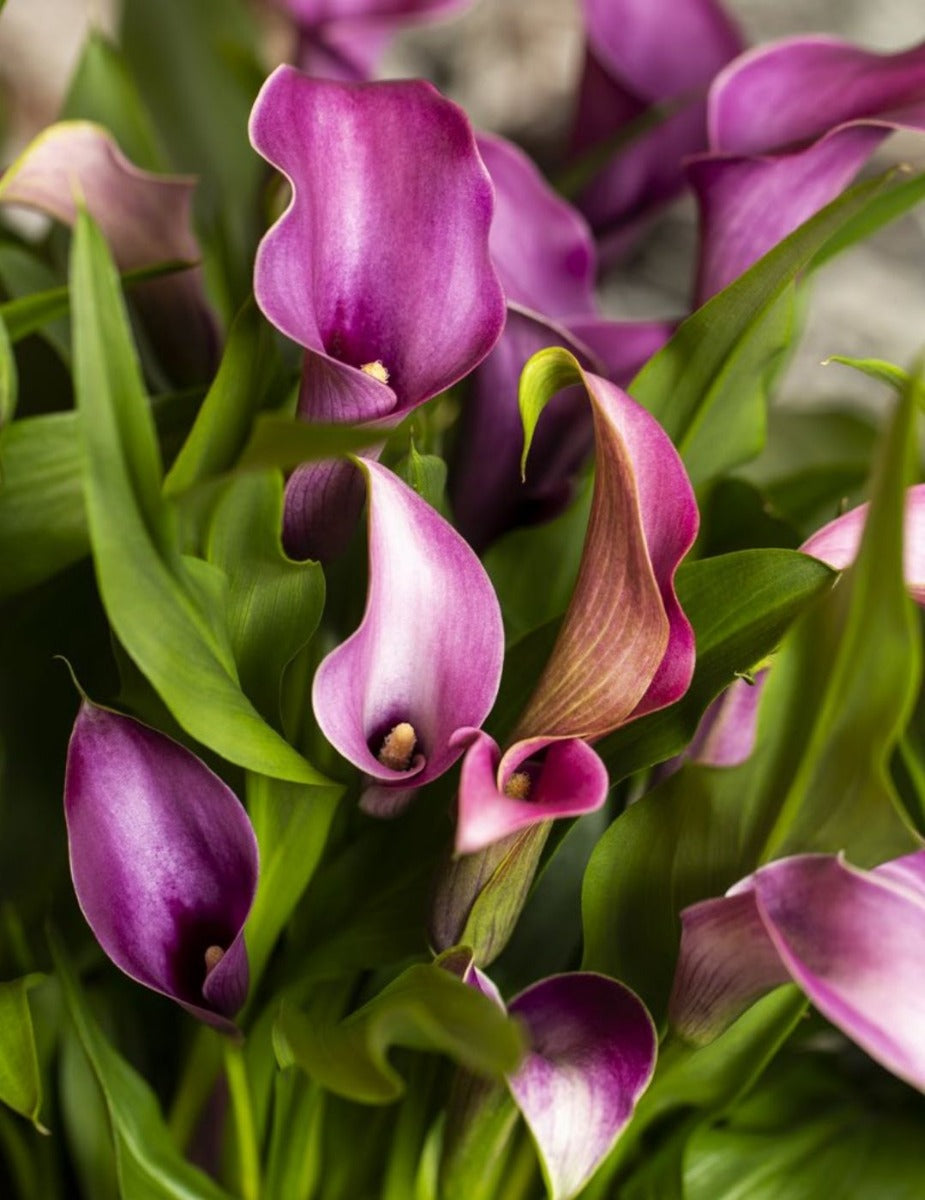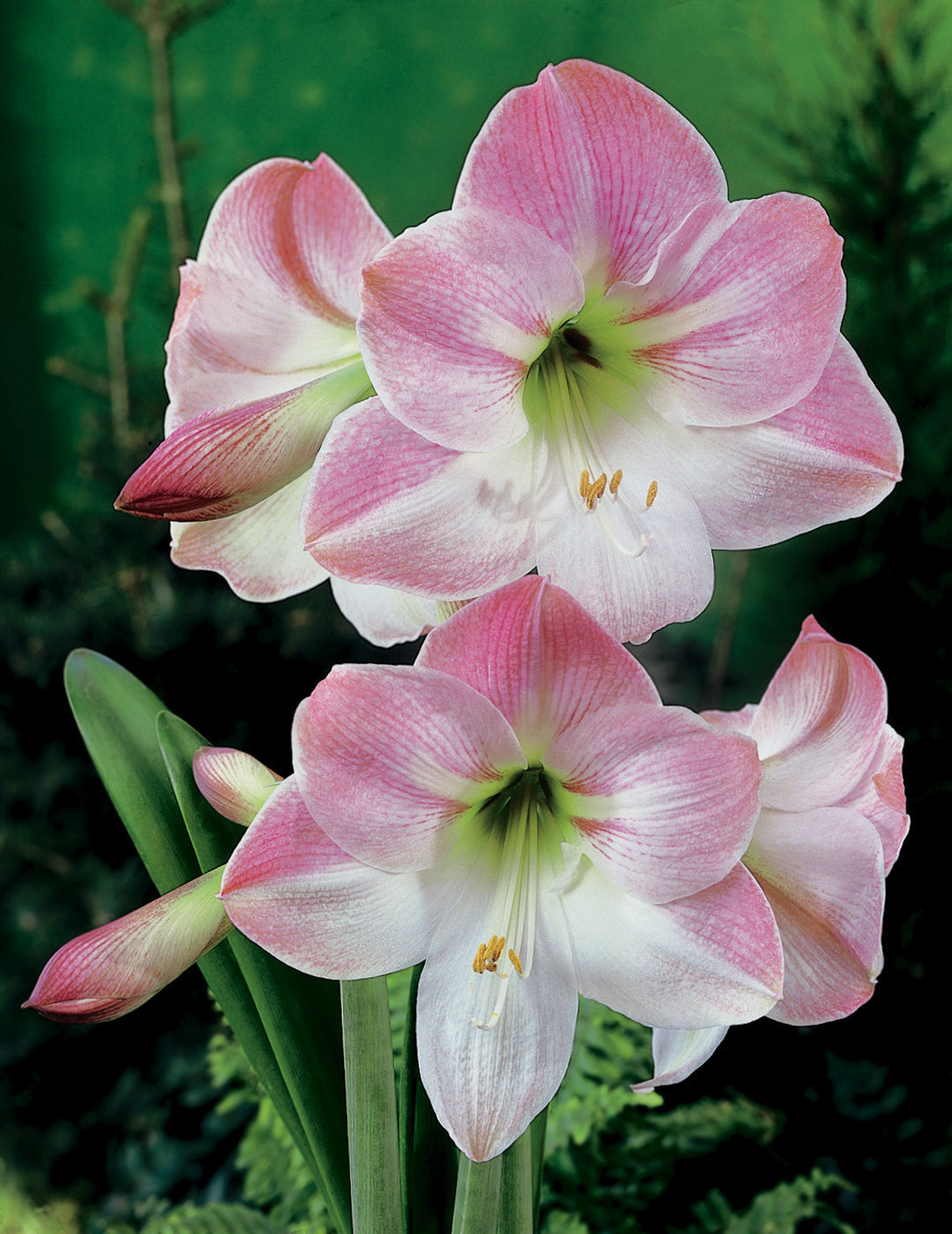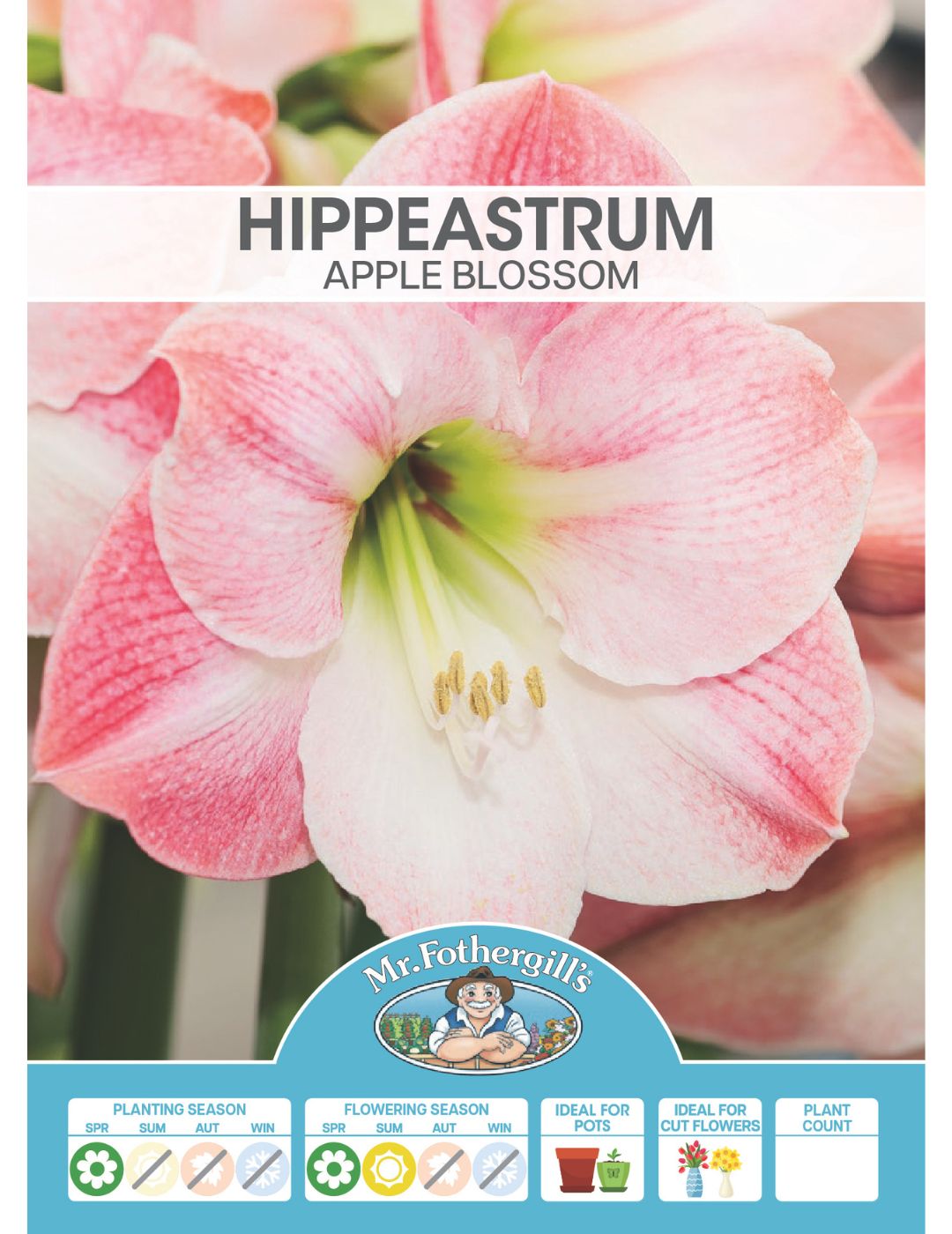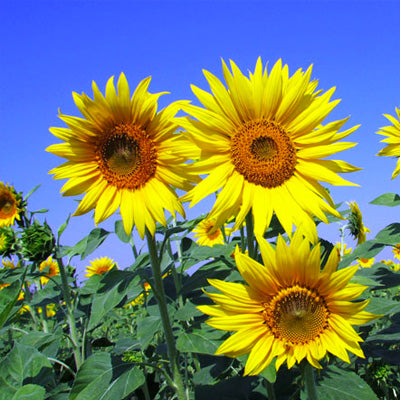Spring-flowering bulbs are a set-and-forget kind of crop, but after a few years, they’ll benefit from being lifted and divided. Once you do so, you may wish to store your flower bulbs for planting at a later date. To help you out on what to do with bulbs after flowering, we’ve put together this blog with our best advice on each of these gardening processes.
Below, we discuss what to do with bulbs after flowering, including information on how to divide bulbs, the reasons for doing so, how to store bulbs, and more!

What to Do With Spring Bulbs After Flowering
After your bulbs have flowered, it’s important to still give them their proper care to make sure they come back with beautiful blooms once again next year.
As such, you should allow your plants’ foliage to die back naturally, ensuring that your bulbs keep on feeding and continue to store energy for planting. When the plants’ flowers have faded, be sure to deadhead them to prevent the plant from wasting energy on seed production. Also, water the soil enough to keep it lightly moist, but let it dry out over time as the bulbs become dormant.
Depending on the type of bulb you’ve planted, you should prepare them for next season in different ways. For example, daffodil bulbs are best left in the ground, as they otherwise may miss a year’s flowering until they have established themselves well again. However, tulip bulbs are best lifted to allow the bulbs to rest and ripen over time, particularly in warmer climates.
To help you prepare your bulbs for next season, we’ve put together our best advice on how to store bulbs and how to divide bulbs as two of the main processes in doing so.
Why Divide Bulbs?
Most bulbs multiply annually, creating offshoot bulbs or clusters around the originals. However, after a few years, this can lead to overcrowding and competition that can affect growing performance and flowering. By dividing your bulbs, you give them more room to grow, and as a bonus, you end up with free bulbs to expand your garden.
When to Divide Bulbs
There are a few signs that your bulbs may benefit from lifting and dividing, such as:
- Reduced flower production.
- Unusual or uneven growth.
- Clumping behaviour.
Any of these are likely to happen every three to five years, but you can pre-empt this by dividing your bulbs before they show any of these signs.
The best time to lift your bulbs is after the foliage has fully died back. As stated above, bulbs rely on the foliage to feed energy into the bulb for next year, so wait until this has occurred before disturbing them.
All spring- and summer-flowering bulbs can be divided. For produce including garlic bulbs and potato tubers, we recommend harvesting these for the kitchen rather than replanting, and sourcing next season's produce bulbs from reputable suppliers to ensure they are disease-free and true to type.
For spring-flowering bulbs such as daffodil bulbs, tulip bulbs, jonquil bulbs, hyacinth bulbs, anemone bulbs, crocus bulbs, freesia bulbs, and ranunculus bulbs, lift in early summer, around December/January.
For summer-flowering bulbs such as bearded iris bulbs, calla lilies, canna lilies, dahlia tubers, gladioli corms, hippeastrum bulbs, lilium bulbs, oriental lilies, and peony roses, lift in early winter, around June.

How to Divide Bulbs
Once the plant's foliage has died off, grab your garden trowel and dig around the bulb about 7cm out from the bulb to avoid damaging it. From there, follow these steps to divide your bulbs:
- When the soil around it is loose, you can dig underneath.
- Using your hands, gently lift the bulb out of the ground.
- Gently separate the ‘child’ bulbs from the ‘parent’.
- Check for damaged or diseased bulbs, and discard any that are soft or rotten.
- Replant your parent bulbs in their current position and plant out the child bulbs, leaving the recommended spacing between bulbs. Or, store your bulbs for later planting as described in the following sections.
Note that the smaller ‘child’ bulbs won’t be as productive as their parents until they are more mature, so they may take a season or two to establish themselves and start flowering.
Do I Need to Store Bulbs Once Divided?
Climate and soil conditions will dictate whether you can leave your bulbs in the soil all year round or not. In most southern Australian states, you would be safe to leave bulbs in the ground for the entire year, except in the conditions listed below. For more tropical or extreme climates, we recommend lifting your bulbs.
Wet soil can cause bulbs to rot, so if your garden beds are prone to holding too much water, it may be safer to dig up your bulbs and store them between seasons. Cool-climate bulbs, such as tulips, don’t cope well with hot conditions and may die if left in exposed positions during summer, so lift and store them if you live in an area prone to hot summers.
How to Store Bulbs
If you plan on storing your bulbs until the next planting season, dust off as much soil as possible, let them air dry for a few days, and then store them in a breathable bag with a dry and sterile material, like sawdust or vermiculite. Then, place them in a cool, dry, dark place and check them occasionally to ensure none are rotting.
Shop Flower and Produce Bulbs at Mr Fothergill’s
Now that you know what to do with spring bulbs after flowering as well as bulbs grown across the seasons, you can ensure that they’ll produce elegant blooms when the next growing season comes around!
Mr Fothergill's is a leading supplier of produce and flower bulbs in Australia. Our bulbs are seasonally available at leading garden retailers nationwide, with a large variety of popular flowers available online when in season. For more information about growing your own crops at home, check out our garden advice blog or get in touch with our friendly team.

